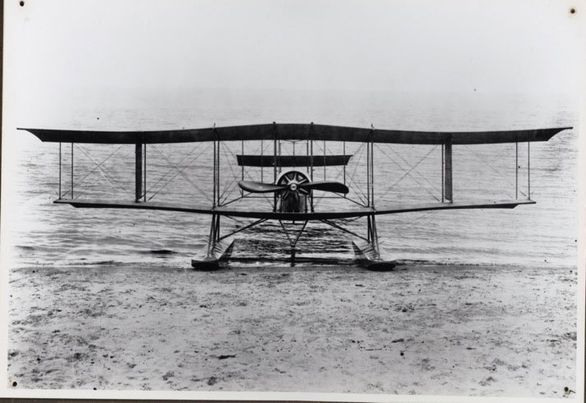
Pictures of the maiden flight of the 1911 Steco aerohydroplane taking off in Chicago on the lake.
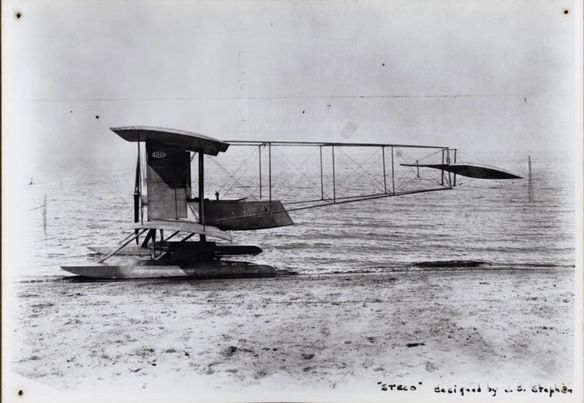 As we witness the slow change to electric automobiles, old internal combustion engine-powered transportation is held in more reverence. Think of the thousands of inventors involved with this power system. Among them was a Chicagoan named Ralph S. Stephens who created an innovative aircraft, with a significant French engine, and a cycle car, around 1910. Let’s take a look at his work.
As we witness the slow change to electric automobiles, old internal combustion engine-powered transportation is held in more reverence. Think of the thousands of inventors involved with this power system. Among them was a Chicagoan named Ralph S. Stephens who created an innovative aircraft, with a significant French engine, and a cycle car, around 1910. Let’s take a look at his work.
Stephens’ Steco Aerohydroplane is more than 100 years old, and with most of its original fabric covering, some experts say it may be the oldest unrestored aircraft in the world. Like the innovative aircraft, the Cycle Car has tandem seating and uses a modified early Mack V-Twin motorcycle engine. The pilot’s controls are interesting if for no other reason than they are beautifully designed from ash and involve many nickel plated fittings. The Burgess floats are wood sub-framed with light aluminum covering carefully tacked in place. The optional tricycle landing gear is adapted from motorcycle components. There’s great attention to detail, even in this one-off prototype! The Steco Aerohydroplane and Steco Cycle Car, spare parts, drawings and casting patterns have been on display at the National Motorcycle Museum for all to take in this amazing piece of history. But soon they will go across the auction block.Stephens engineered and designed both transportation devices. The onset of World War I was cause for all this cool stuff to become “buried” for over 80 years, then saved by some enthusiasts, but then in need of a new home again, and now yet again.
For the cycle-car Stephens employed a dry-sump Mack V-Twin engine, variable speed drive, mahogany and leather trim along with nickel plated components making a highly sophisticated cycle car. Working with inventor Parry Mack, and Mack’s original Mack motorcycle engine, they began to develop a new engine with Mack top end parts. New, the entire lower crankcase on the Stephens engine became an “oil tank” and an oil pump draws from the sump and supplies oil to bearings. Another change from Mack’s motorcycle application for the engine, an Atwater Kent Uni-Sparker (coil box) with a 6 volt battery wired to the “F” type distributor provided ignition. While simple belt drive from the engine was sometimes used on Cycle cars, the STECO Cycle Car employed a more sophisticated variable speed friction drive. A steel platen attached to the engine output shaft drives a friction wheel sliding left to right on a jackshaft. Via an outboard pulley on each end of the shaft, power is transferred to the rear wheels via long link belts. The location of the driven rubber tired wheel on the platen, near the center, or near the outer edge, offers infinitely variable drive ratios, even reverse. This system was also employed on machine shop drill presses early in the 20th Century. Chassis rails are shaped from ash and the steel body is suspended by Parnacott Cross Springs at the front, Lanchester-type cantilever rear springs mount the rear axle. Nearly all chassis components were designed specially for the car and wood casting patterns and blueprints exist.
The Steco Aerohydroplane and Cycle Car will be among hundreds of motorcycles and thousands of pieces of memorabilia offered in the John Parham Estate Collection Mecum Auction at the National Motorcycle Museum, Anamosa, Iowa, September 6 – 9, 2023. Watch for information on the Mecum Auctions website, Mecum.com For schedule information, to consign a vehicle or to register as a bidder for this and all Mecum events, visit Mecum.com, or call (262) 275-5050 for more information.
1911 Steco Aerohydroplae Specifications:
-
- Engine: 1910 Gnome Omega Seven Cylinder Rotary
- Lubrication: Castor Oil, Total Loss
- Ignition: Mageto
- Fuselage: Wood Frame w/ Steel and Aluminum Reinforcements, Fabric Covered
- Wings: Wood Frame, Fabric Cover
- Flight Controls: Moveable Empennage
- Engine Controls: Dash Mounted Throttle
- Landing Gear: Burgess Floats, Tricycle Landing Gear
Cycle Car Specifications:
-
- Engine: Mack V-Twin, Modified
- Type: Overhead Valves
- Lubrication: Dry Sump, Pressurized
- Ignition: Atwater Kent Uni-sparker / F Type Distributor
- Starting: Pull Cable, from Seat
- Transmission: Friction Wheels & Belts, Variable Speed
- Chassis: Ash Wood Frame Rails
- Wheelbase: 103 Inches
- Tread: 36 Inch Tread
- Front Suspension: Parnacott Cross Springs
- Rear Suspension: Lachester Cantilever Springs
- Seating: Tandem, Leather Upholstery
- Accessories: Windscreen, Acetylene Lights, Electric Horn
- Price in 1914: $450
Leave a Reply
Want to join the discussion?Feel free to contribute!
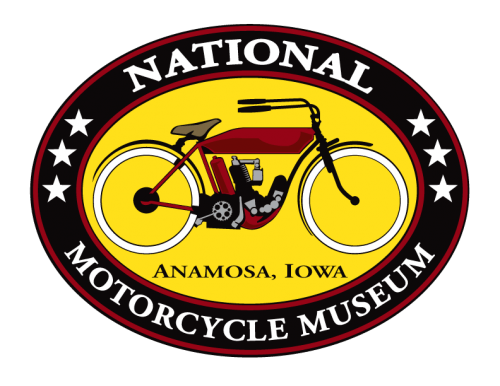
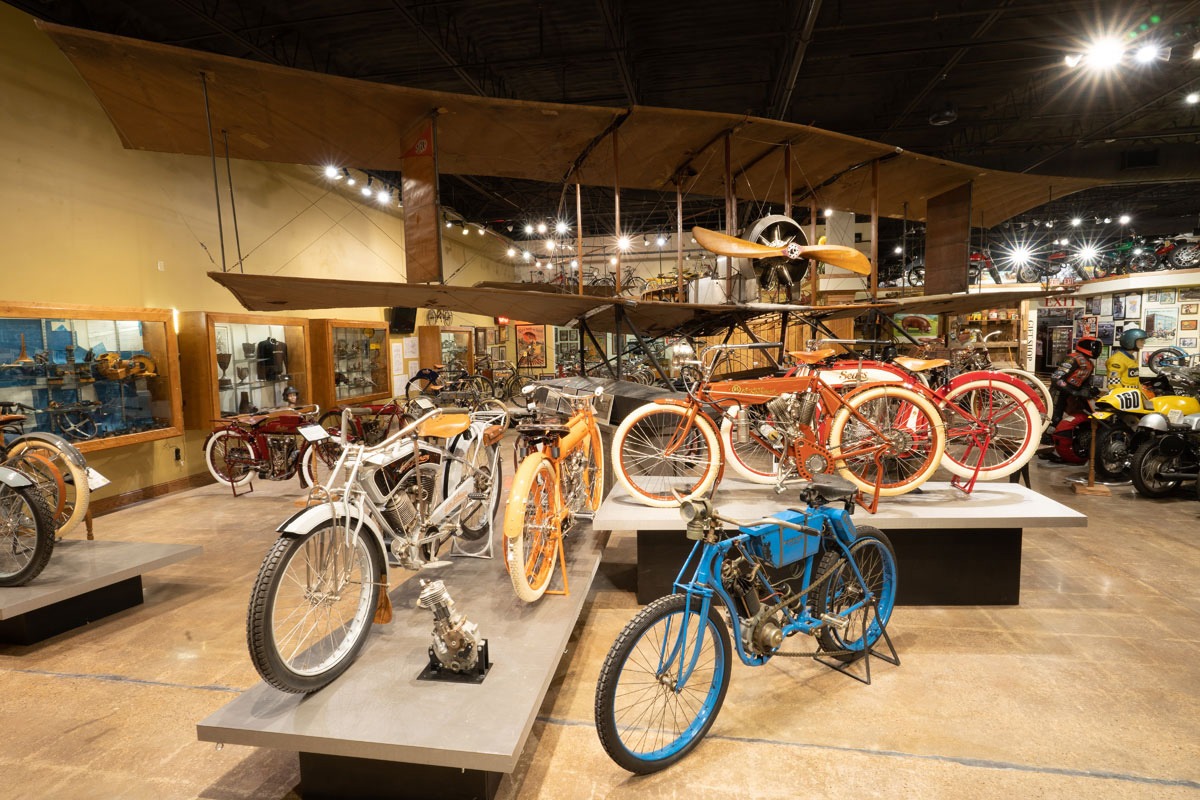
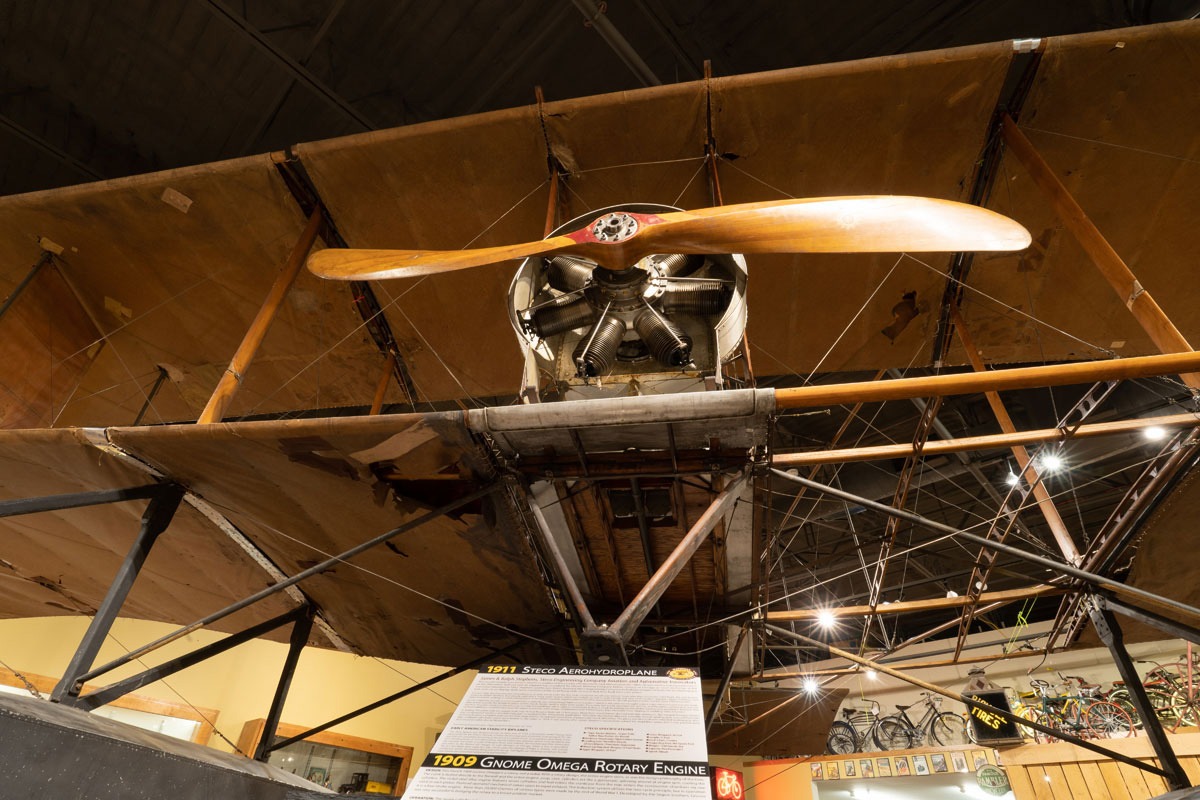
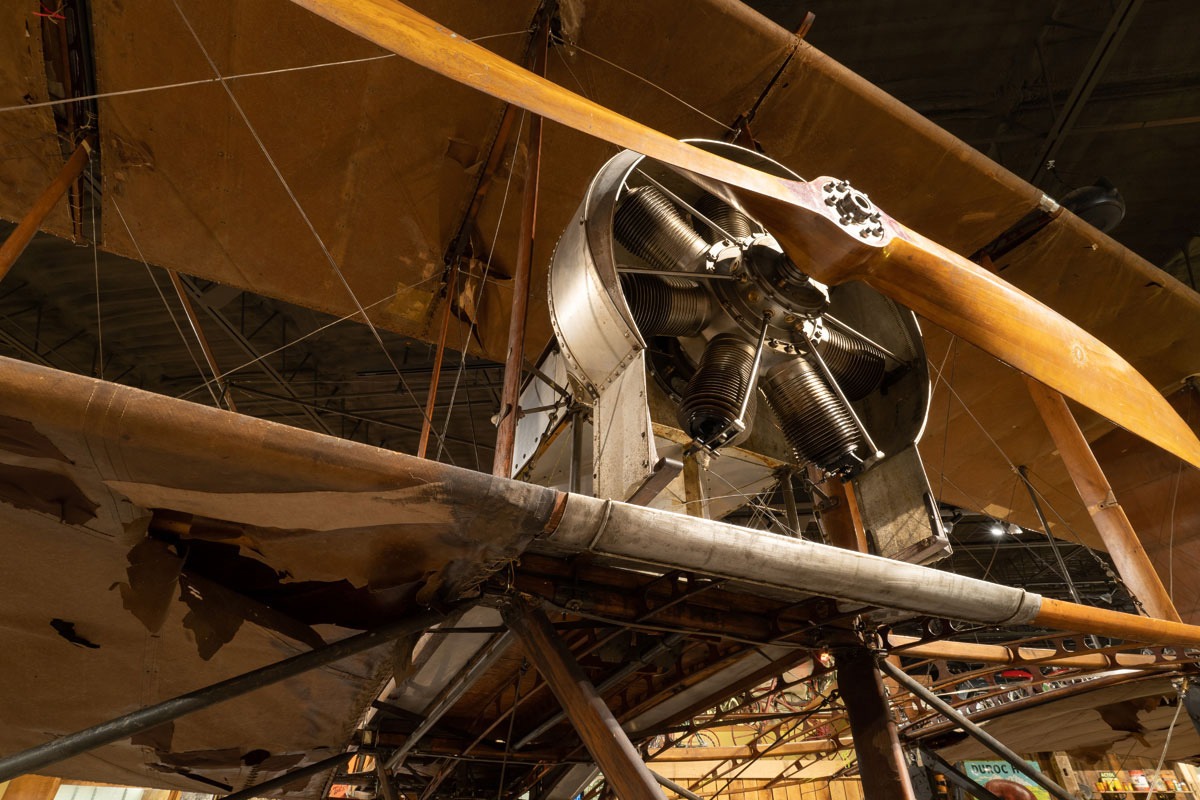
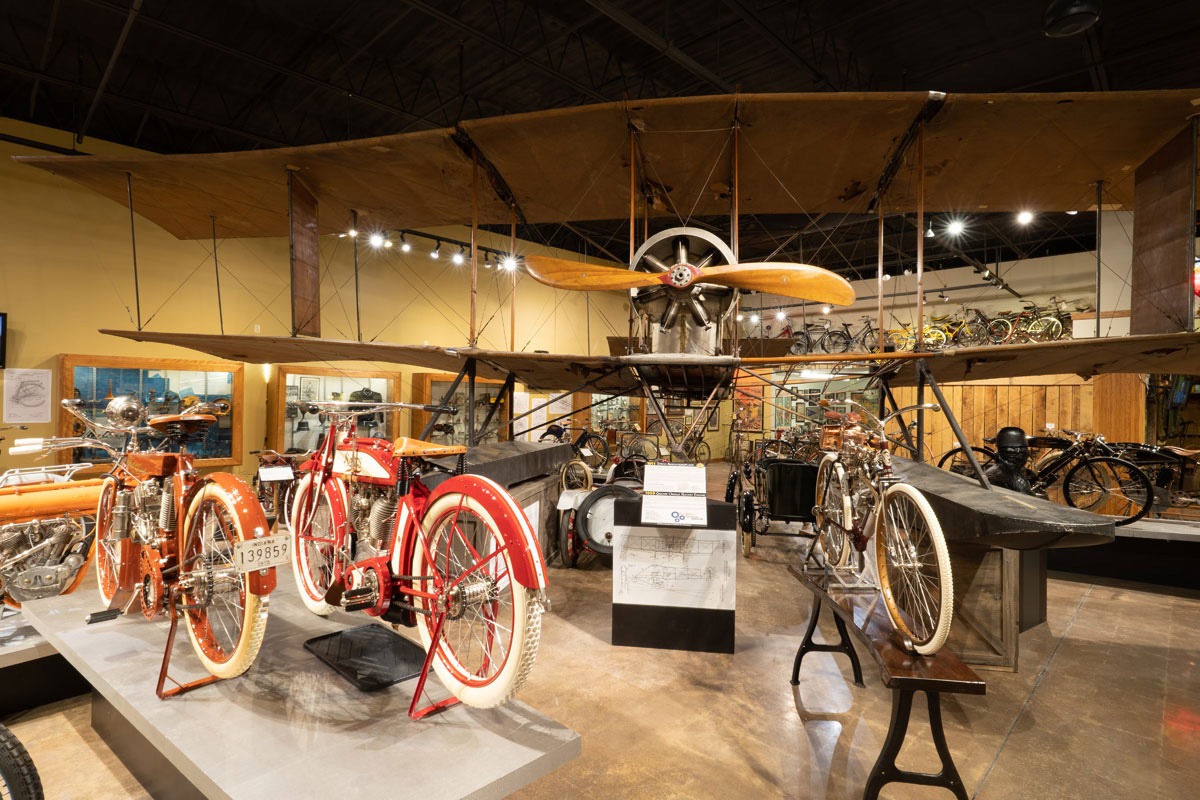
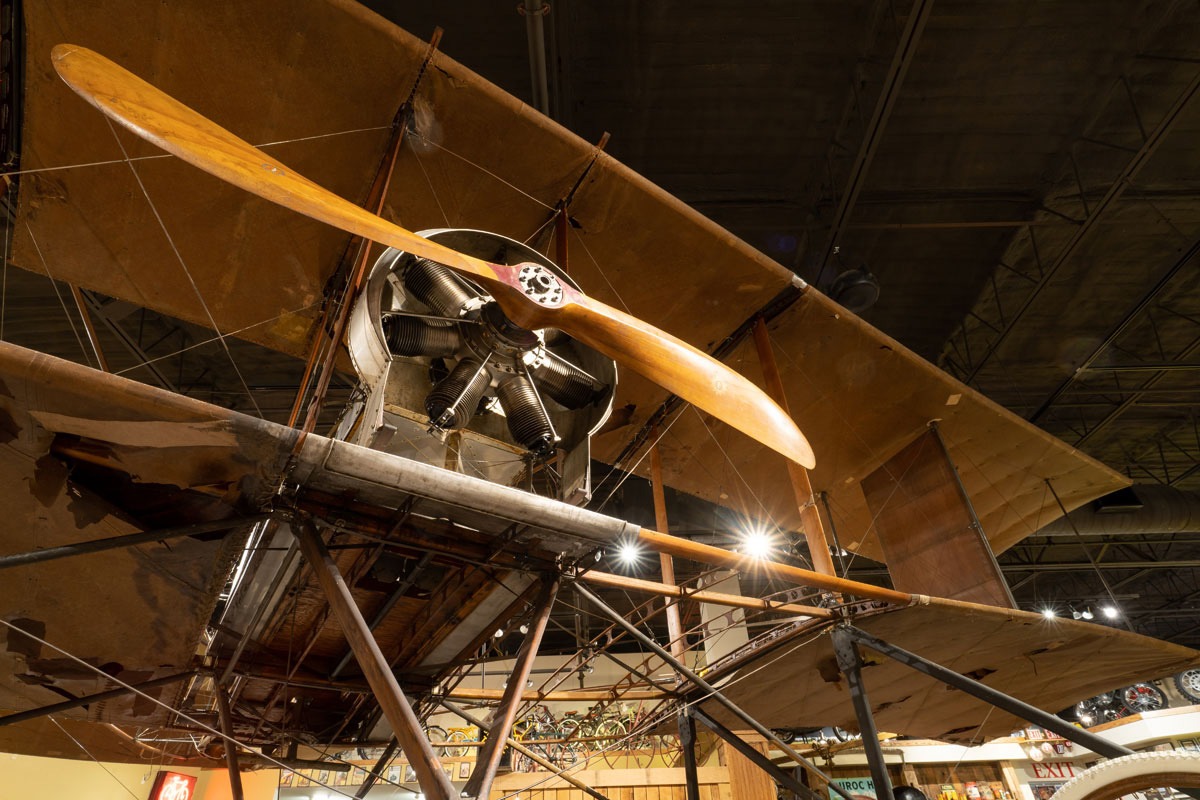
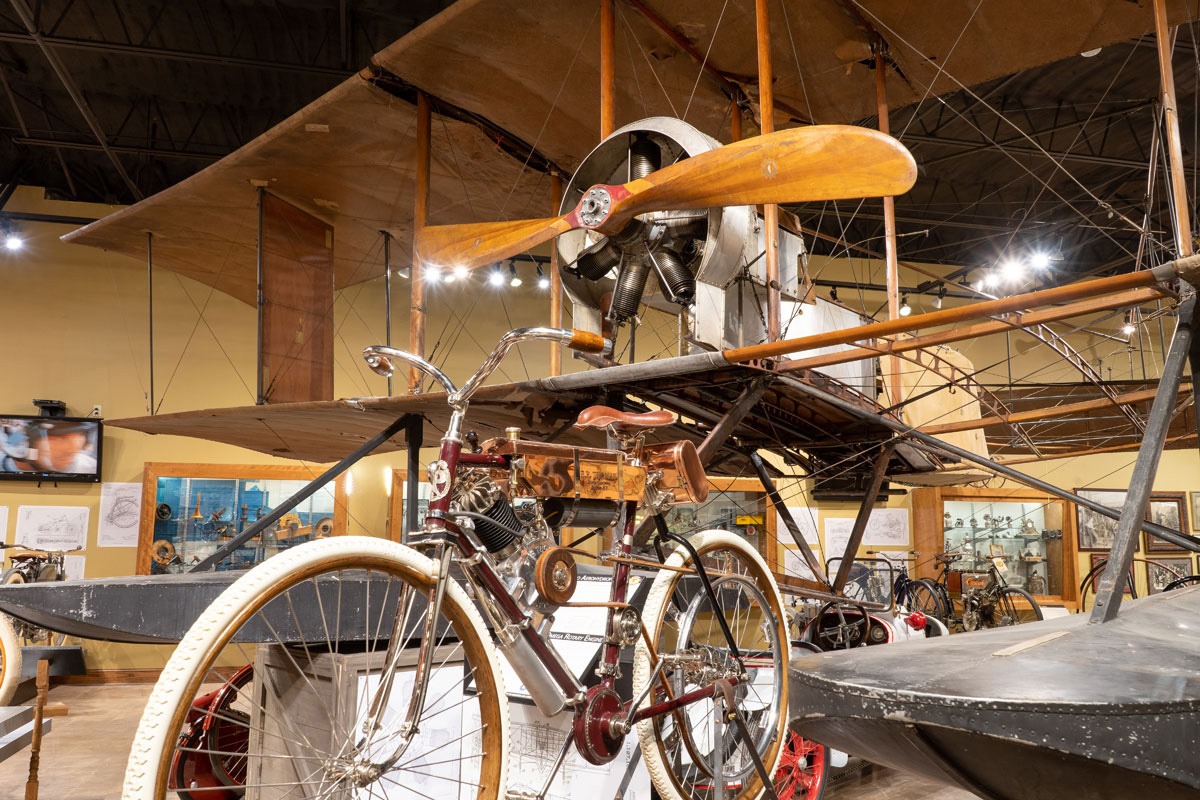
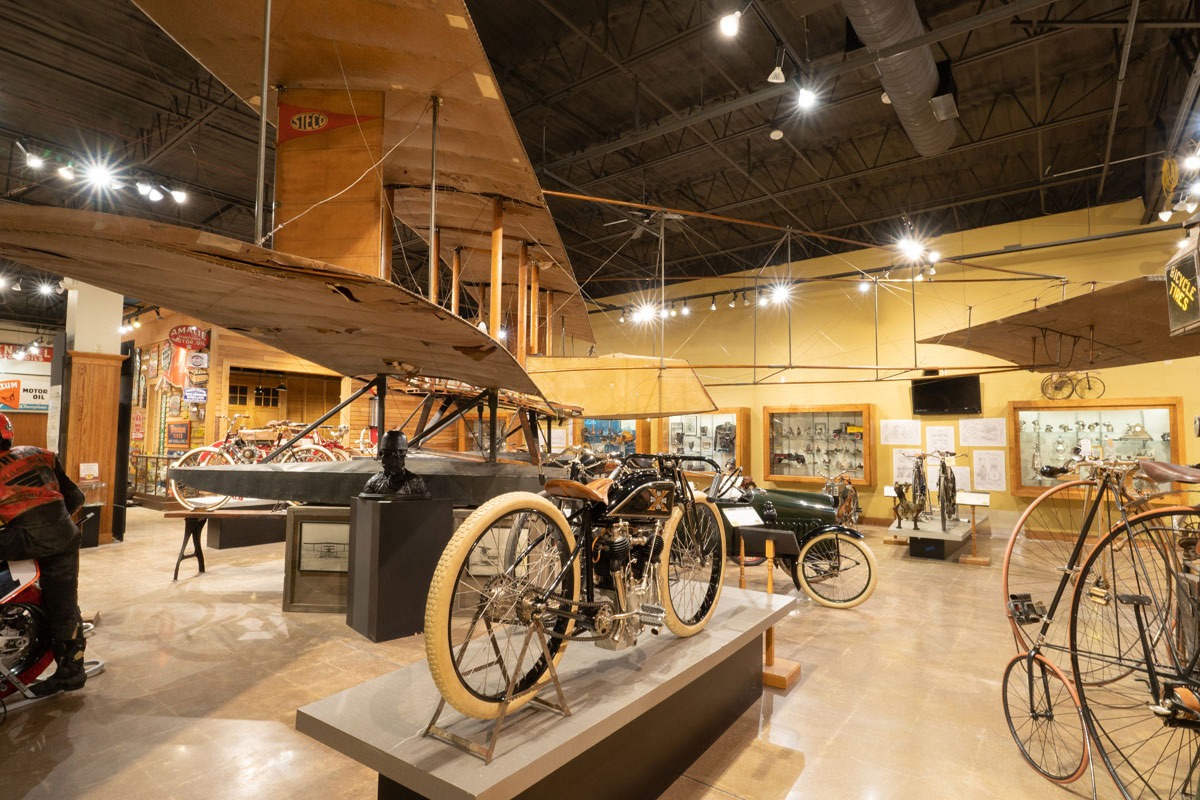
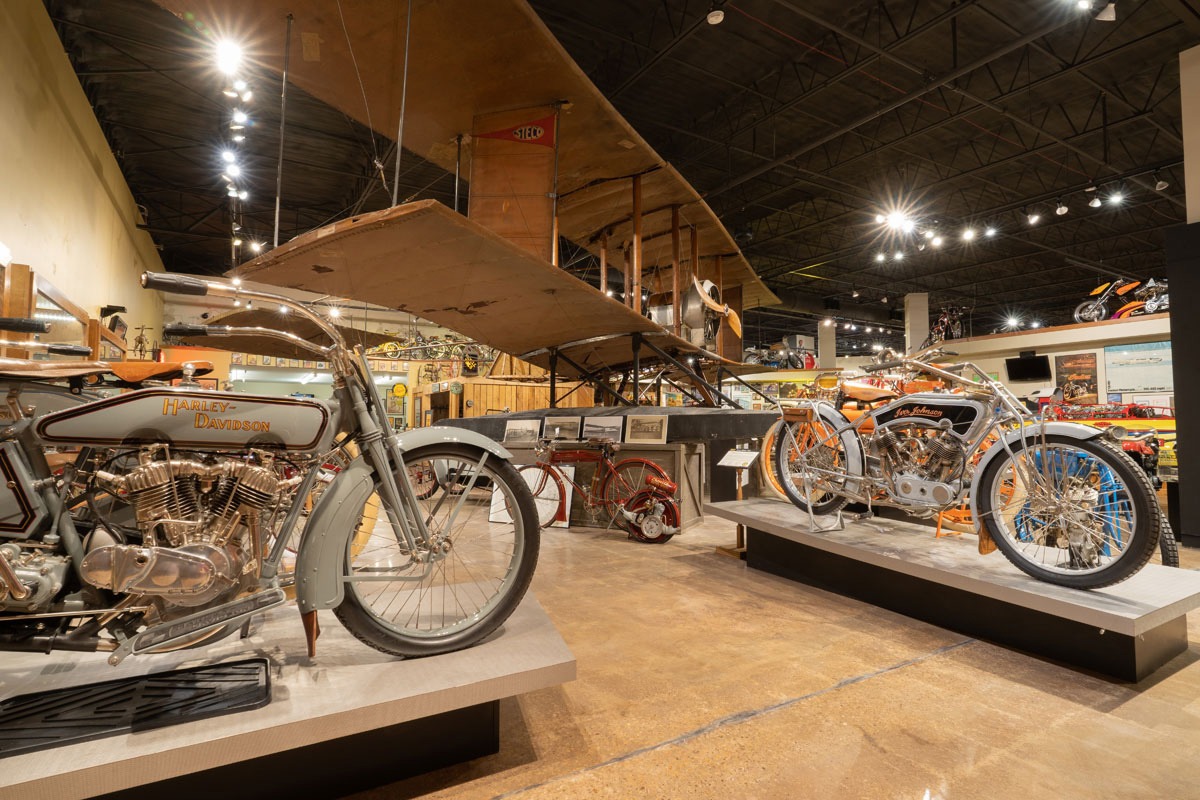
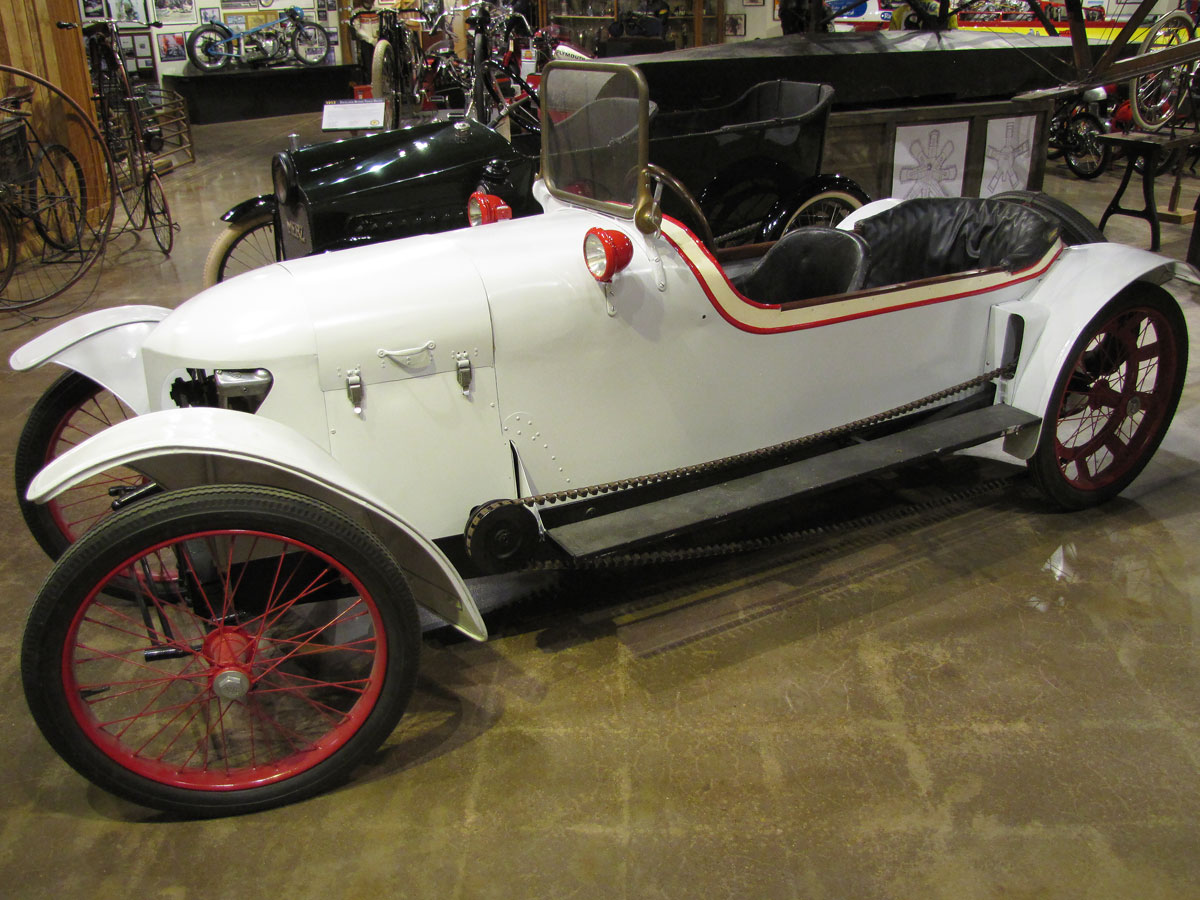
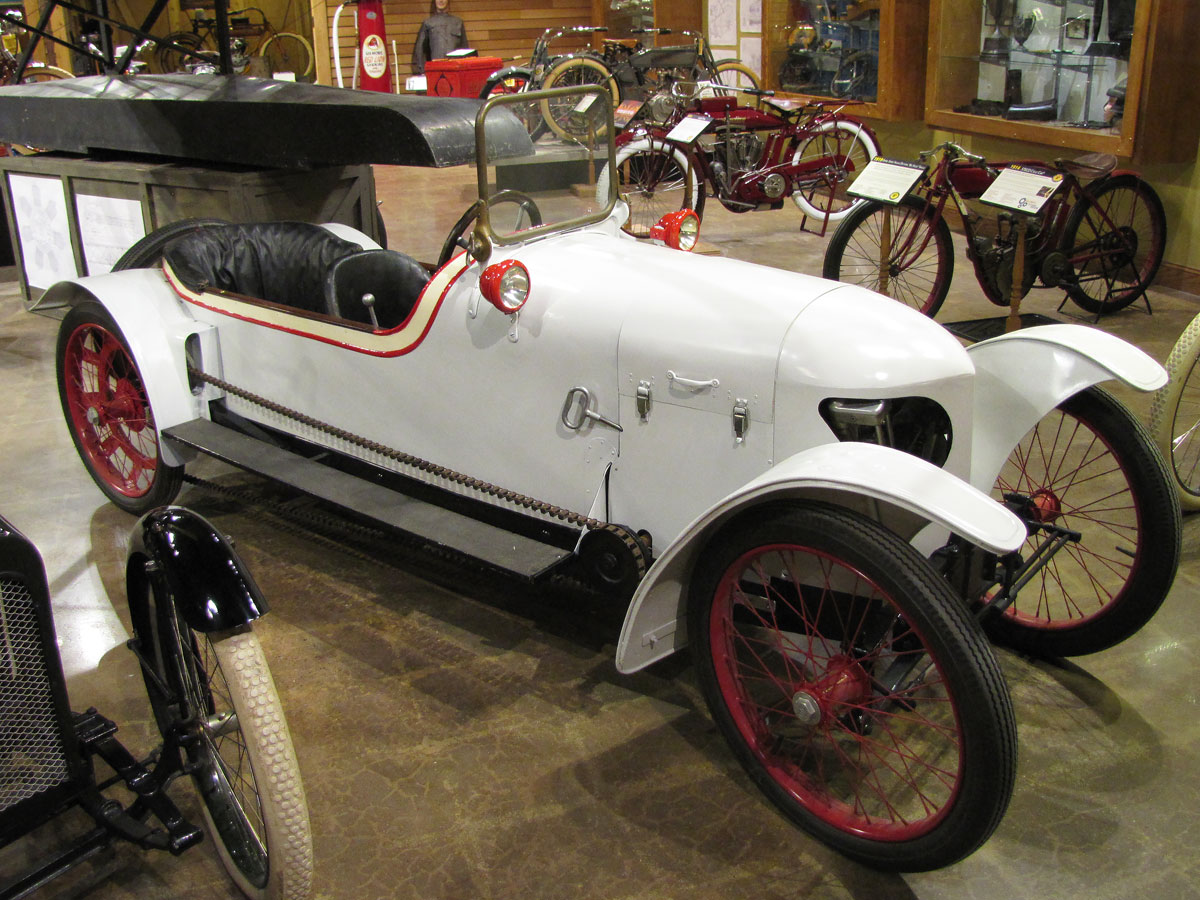
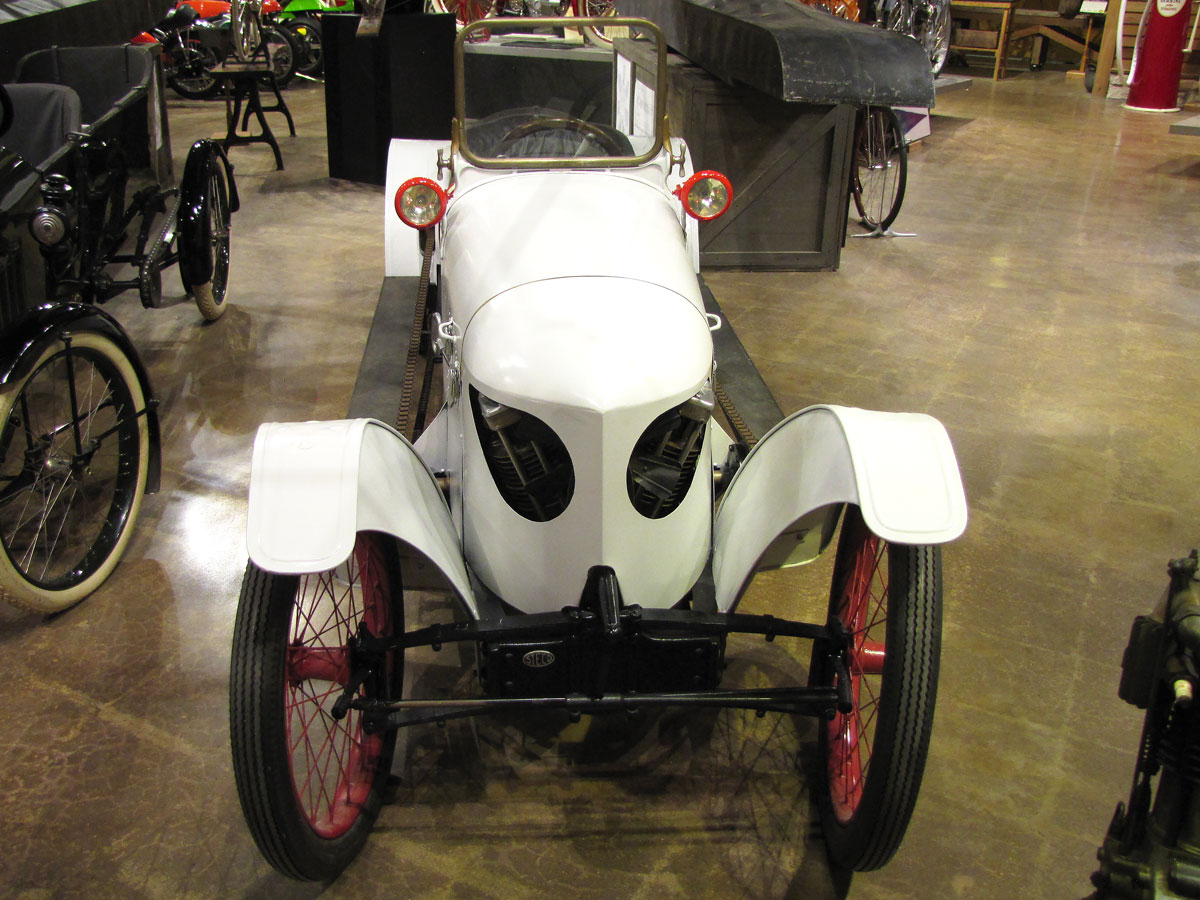
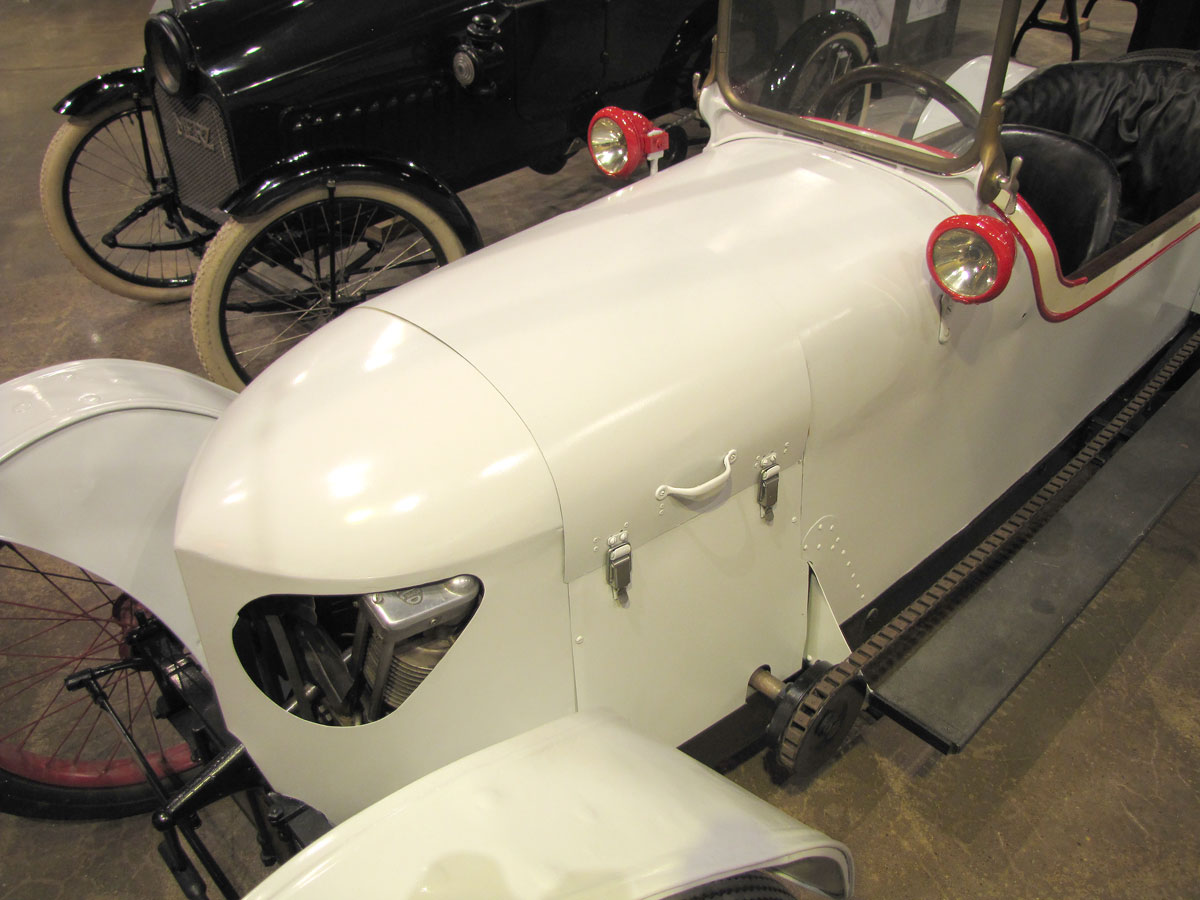
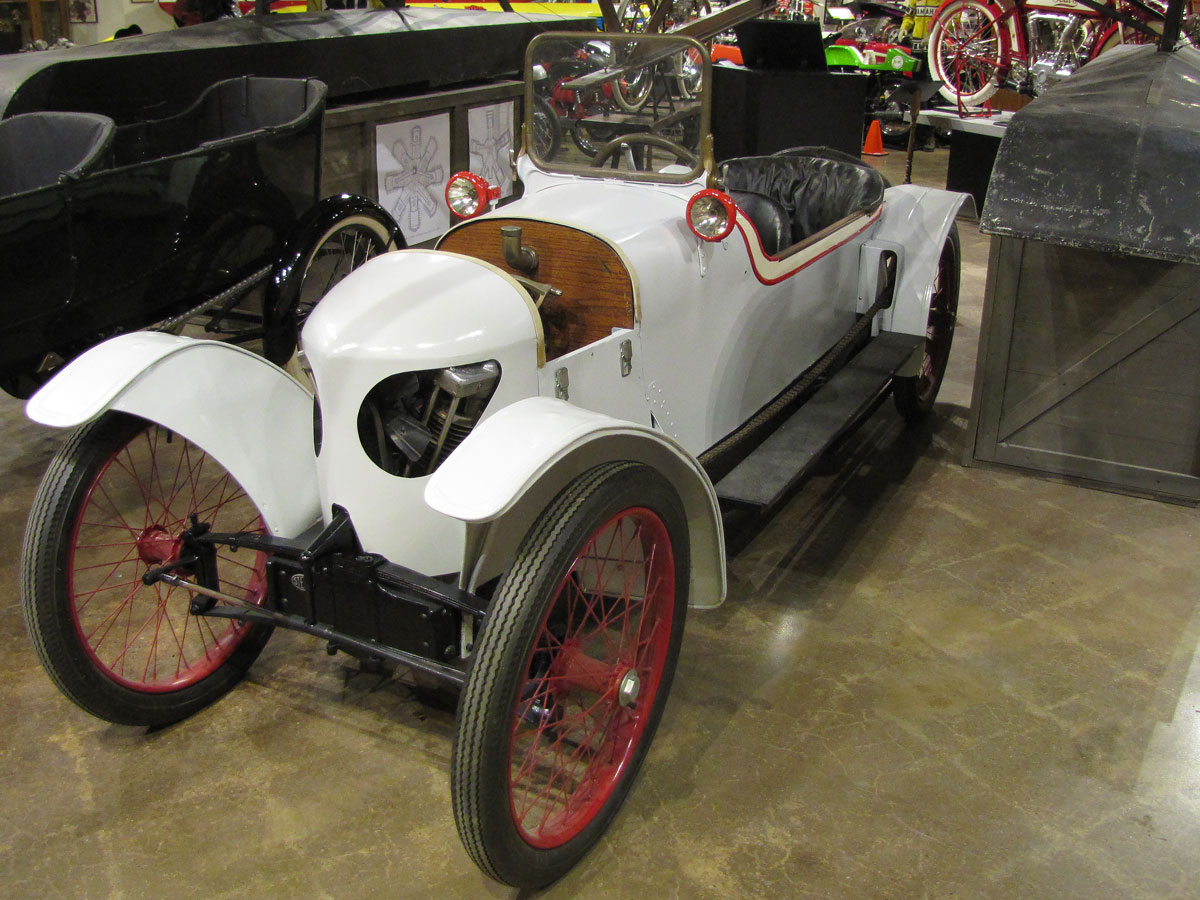
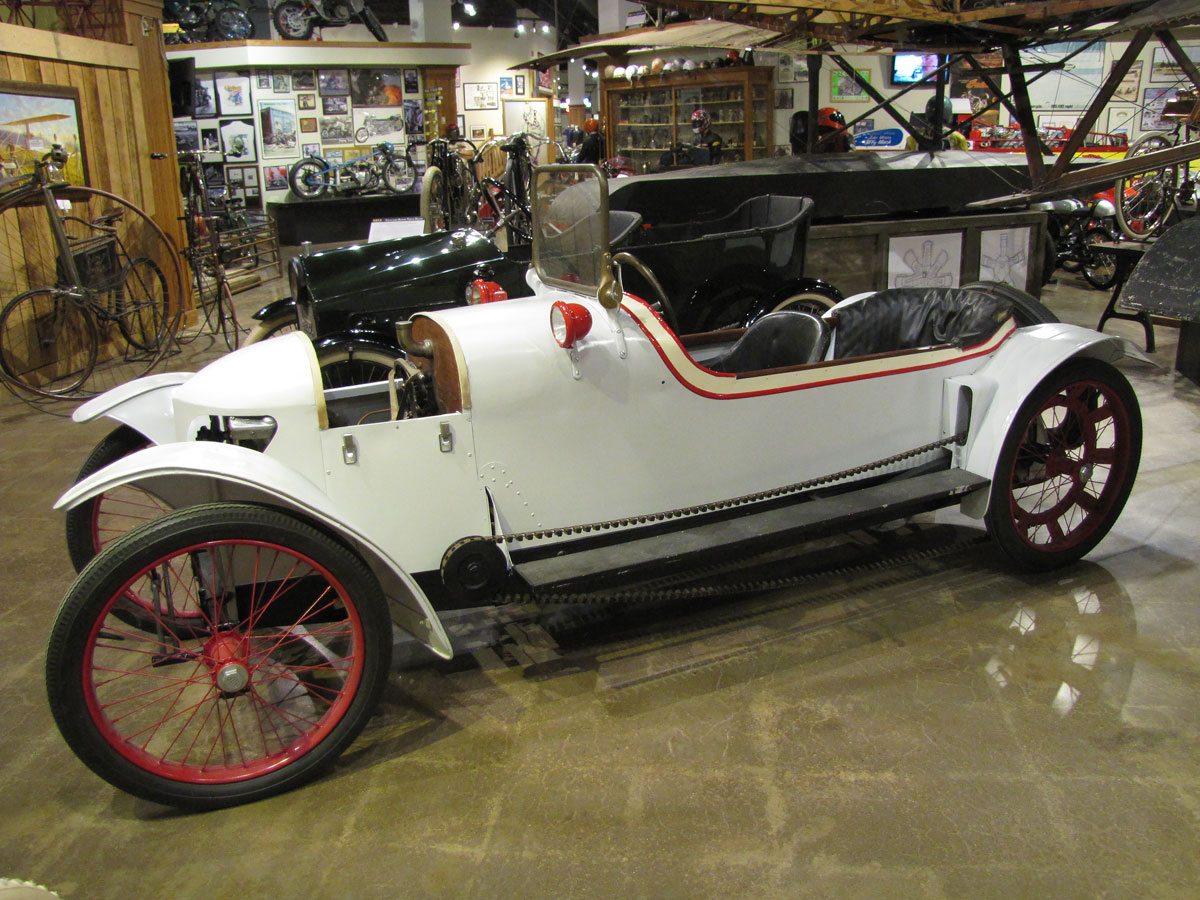
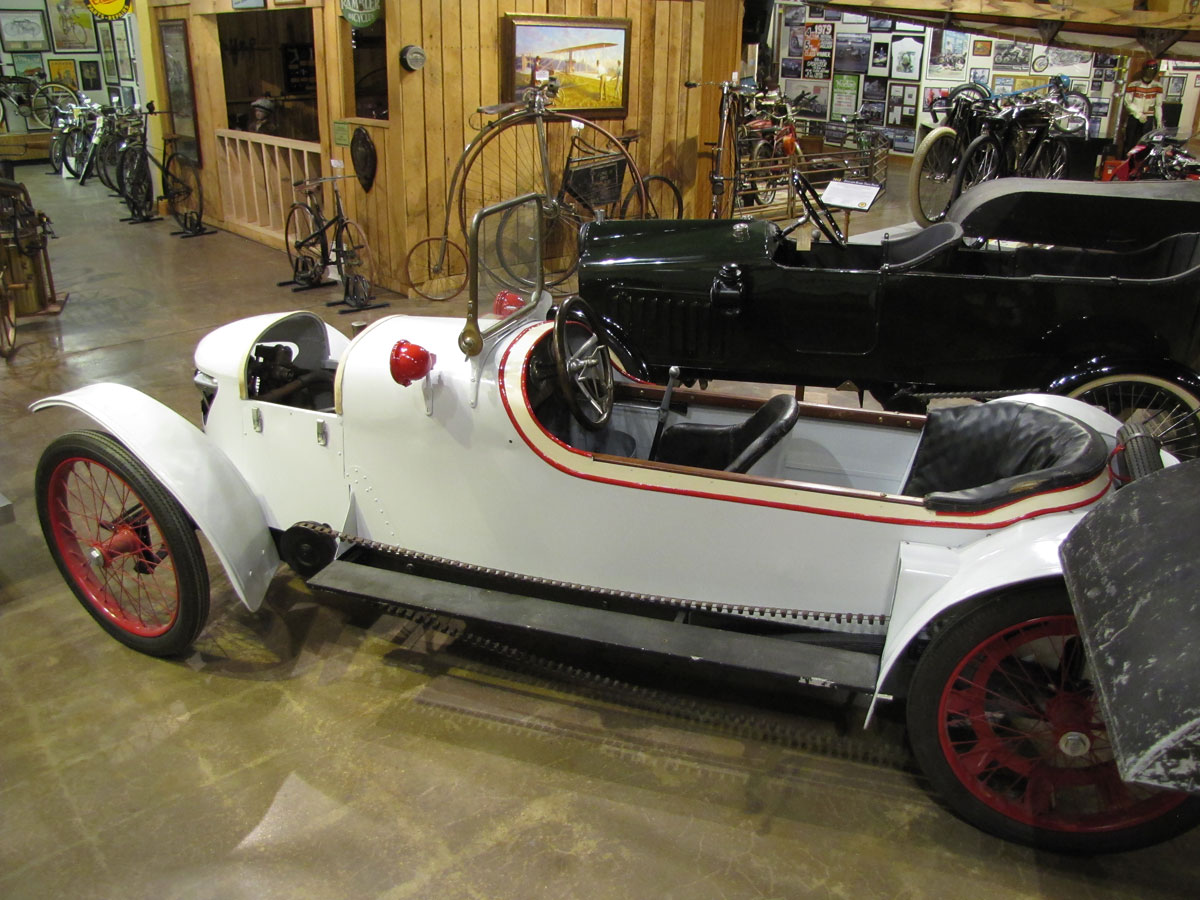
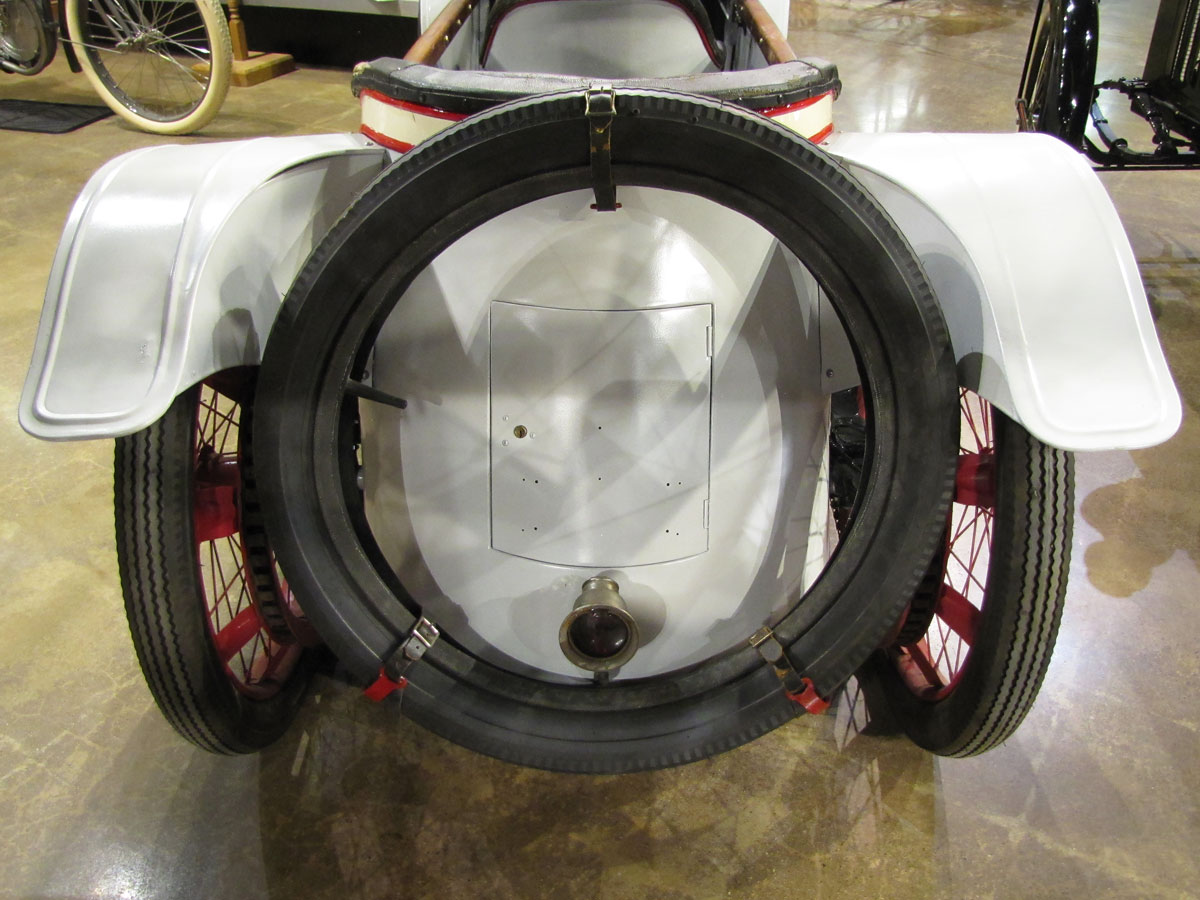
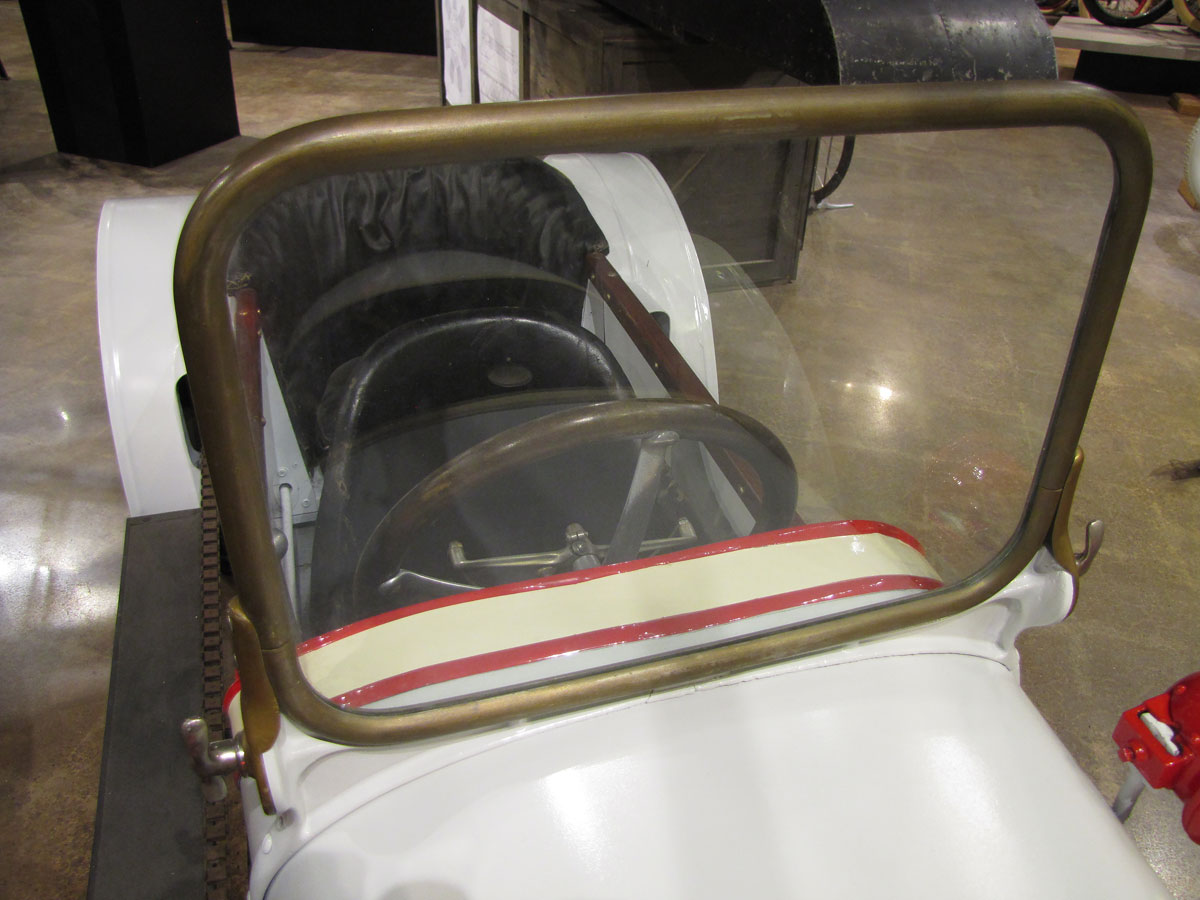
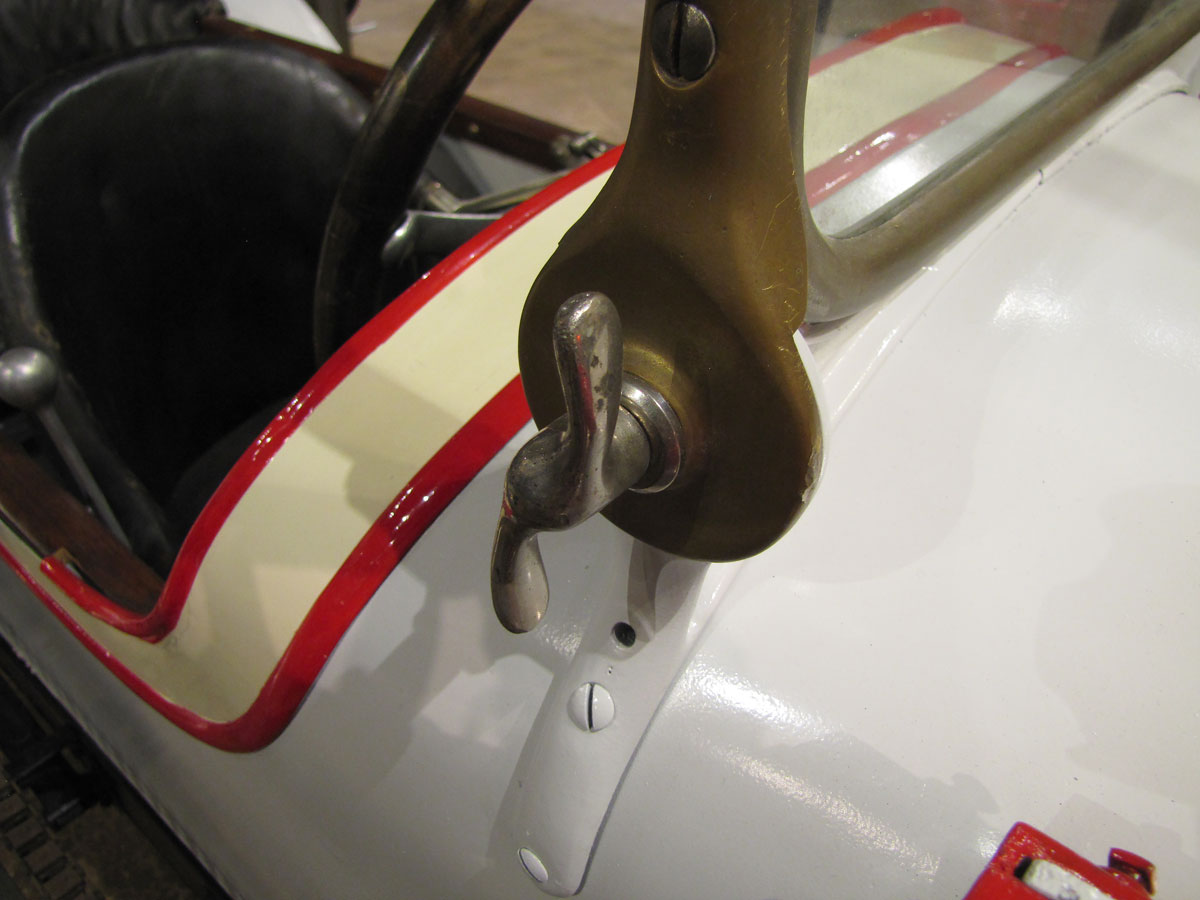
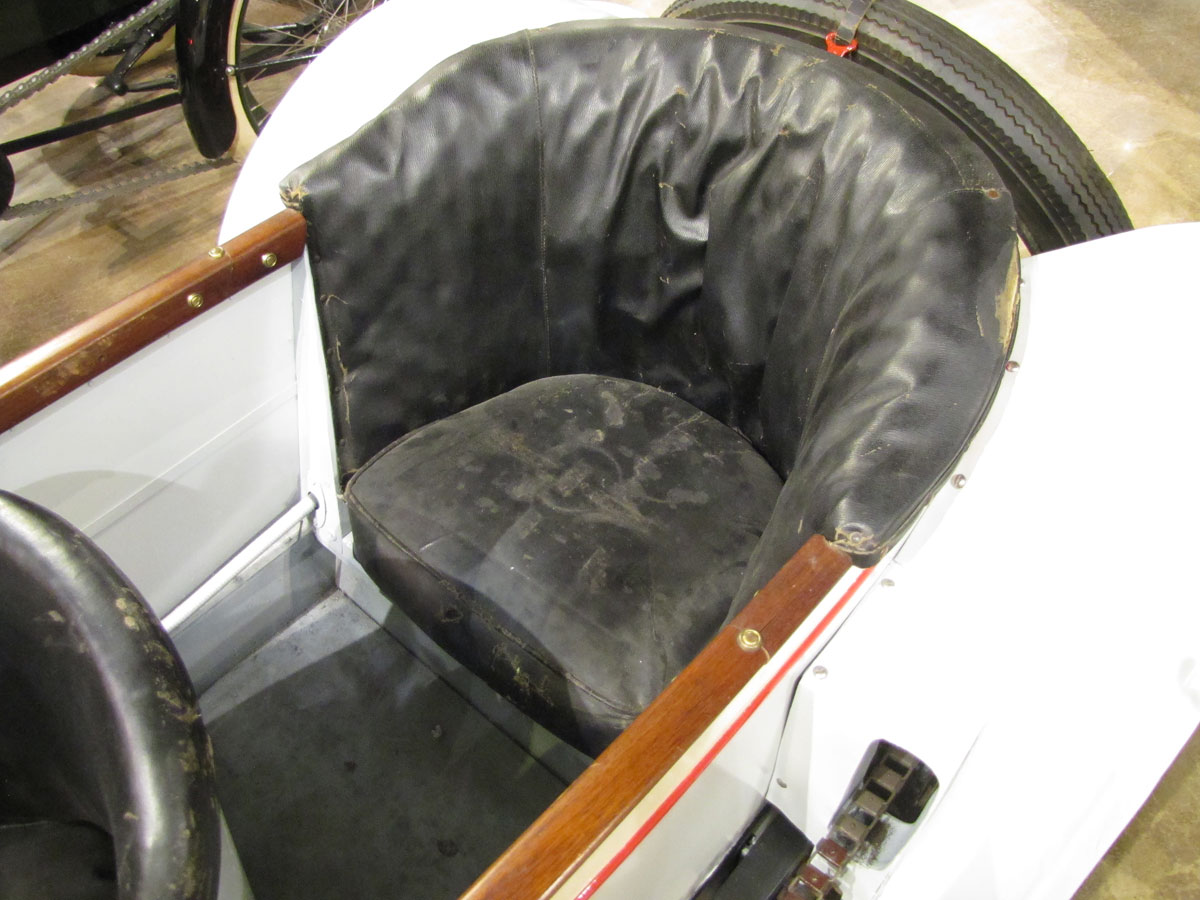
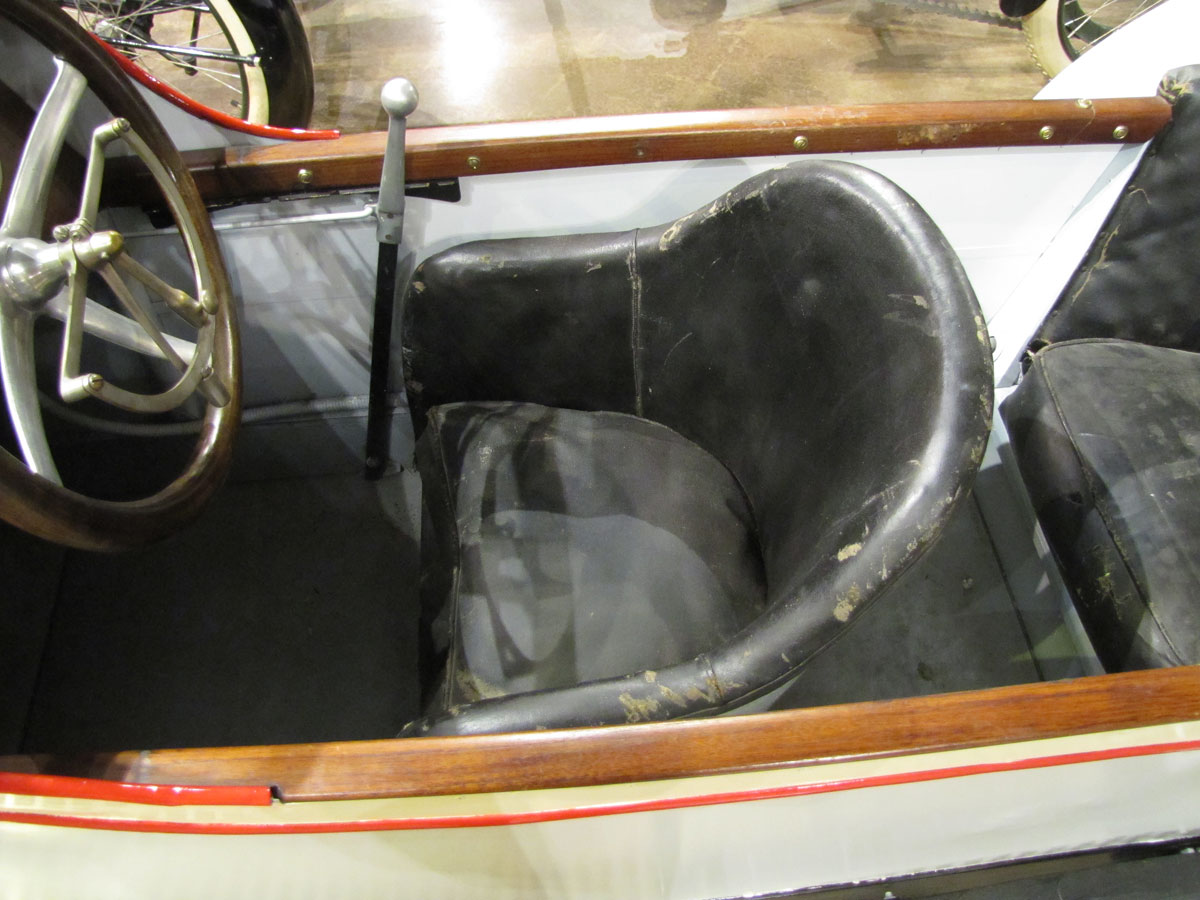
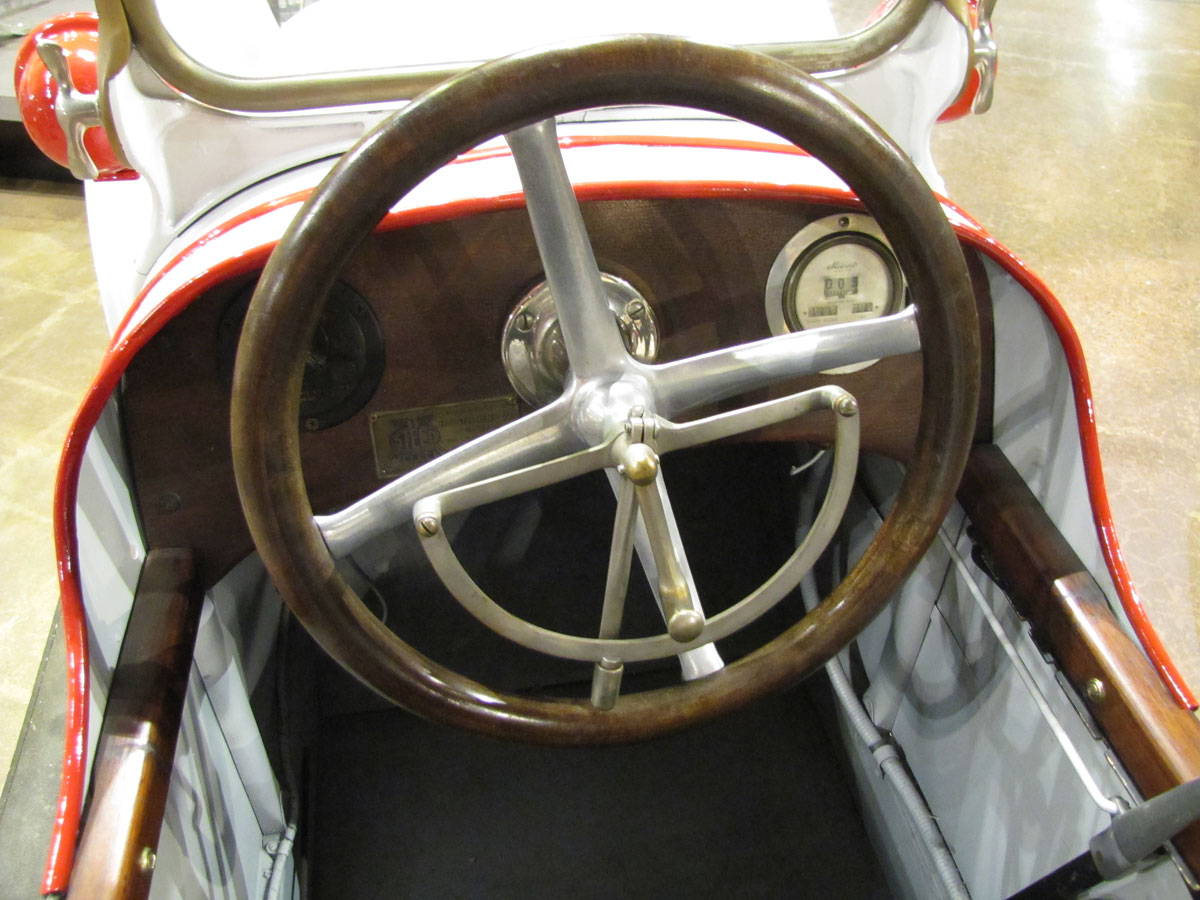
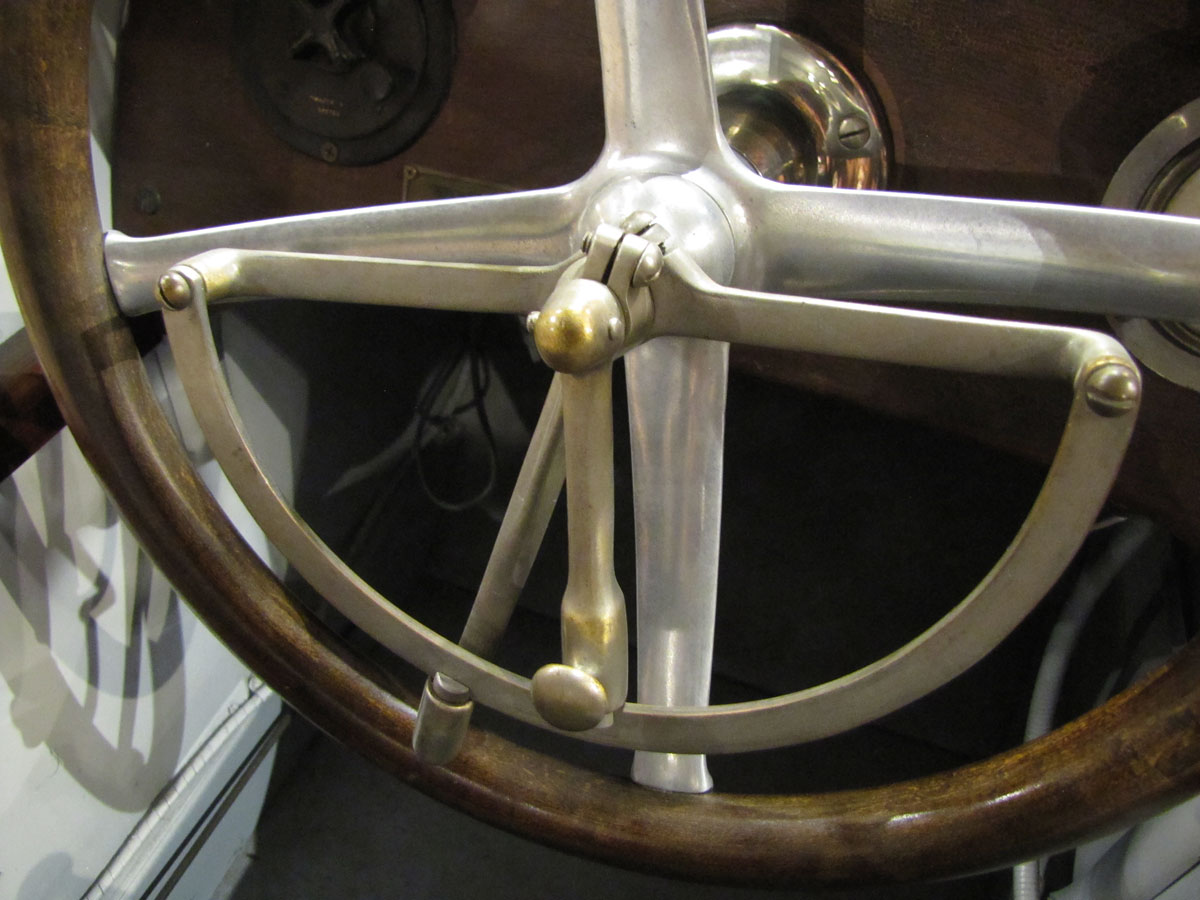
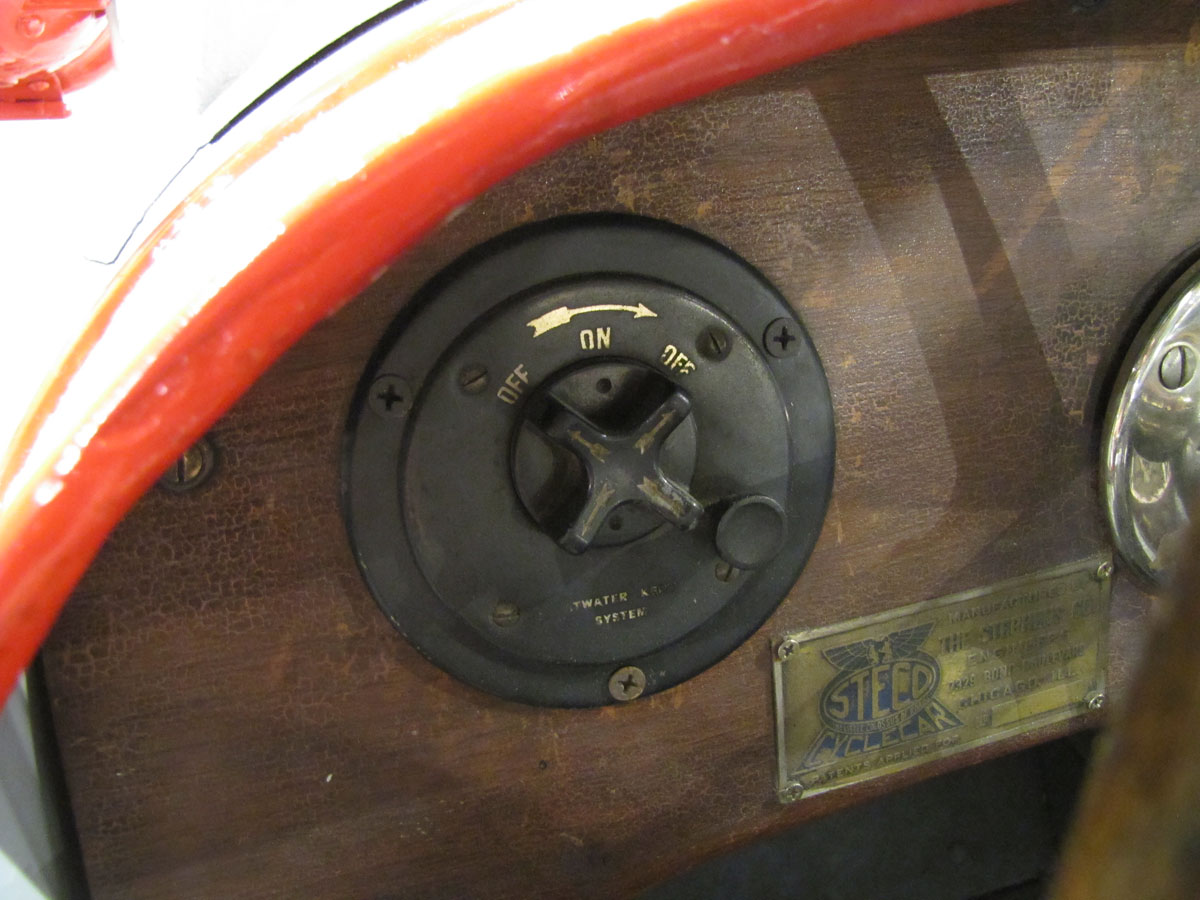
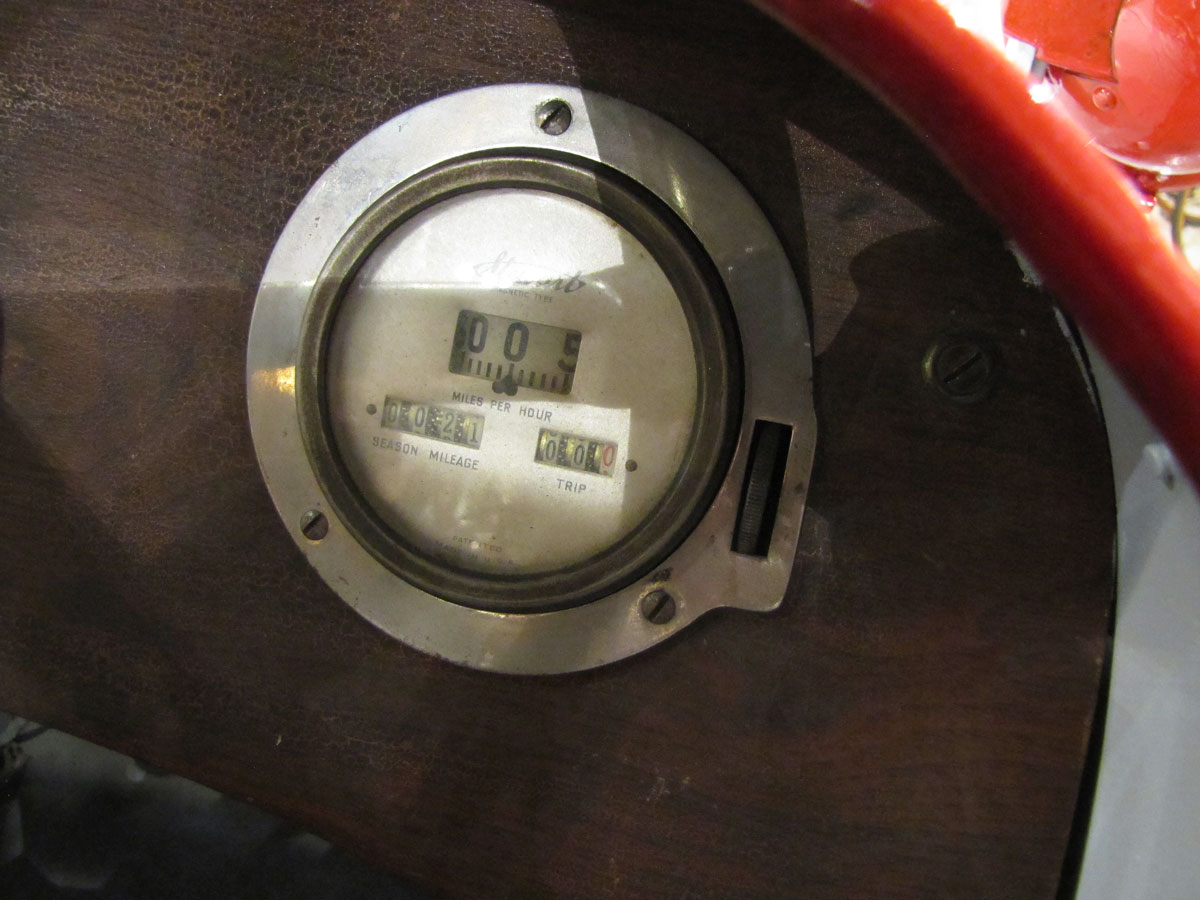
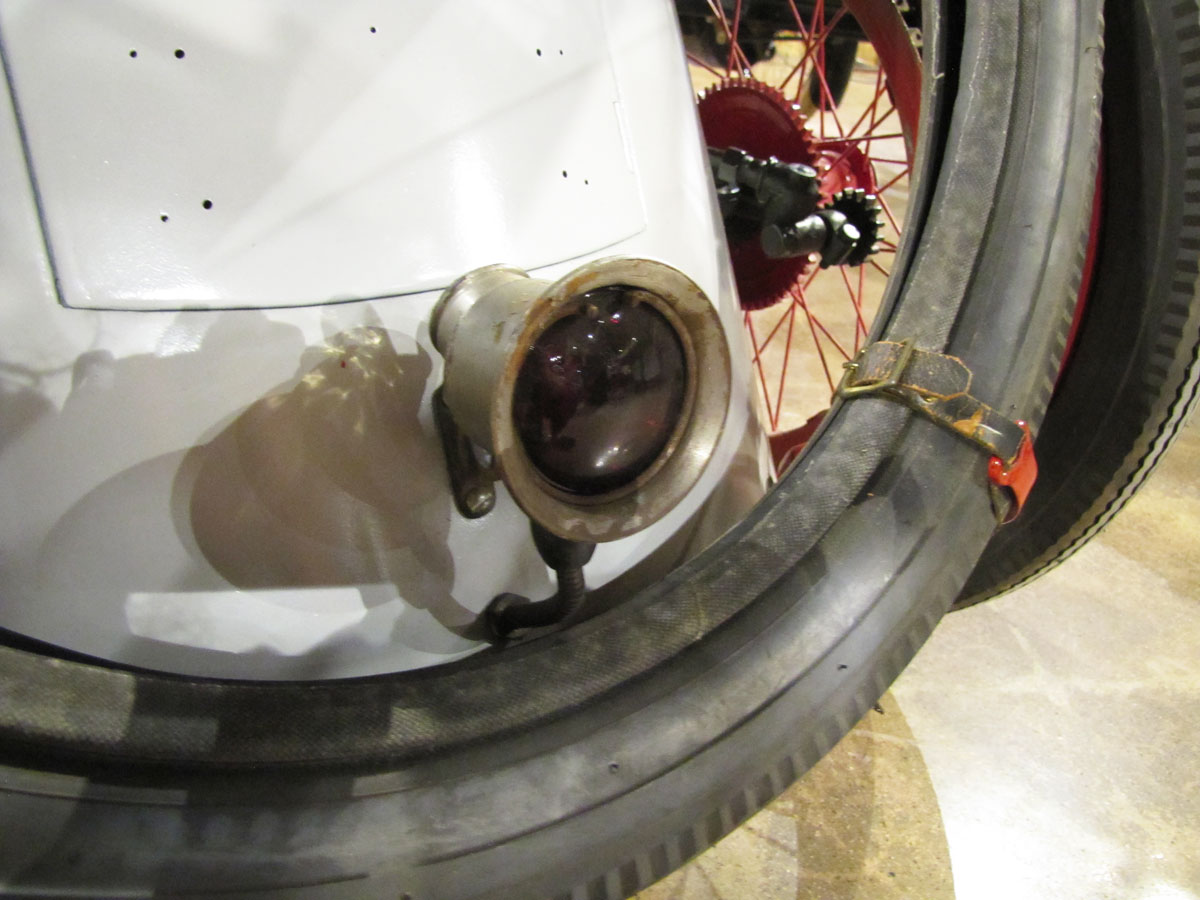
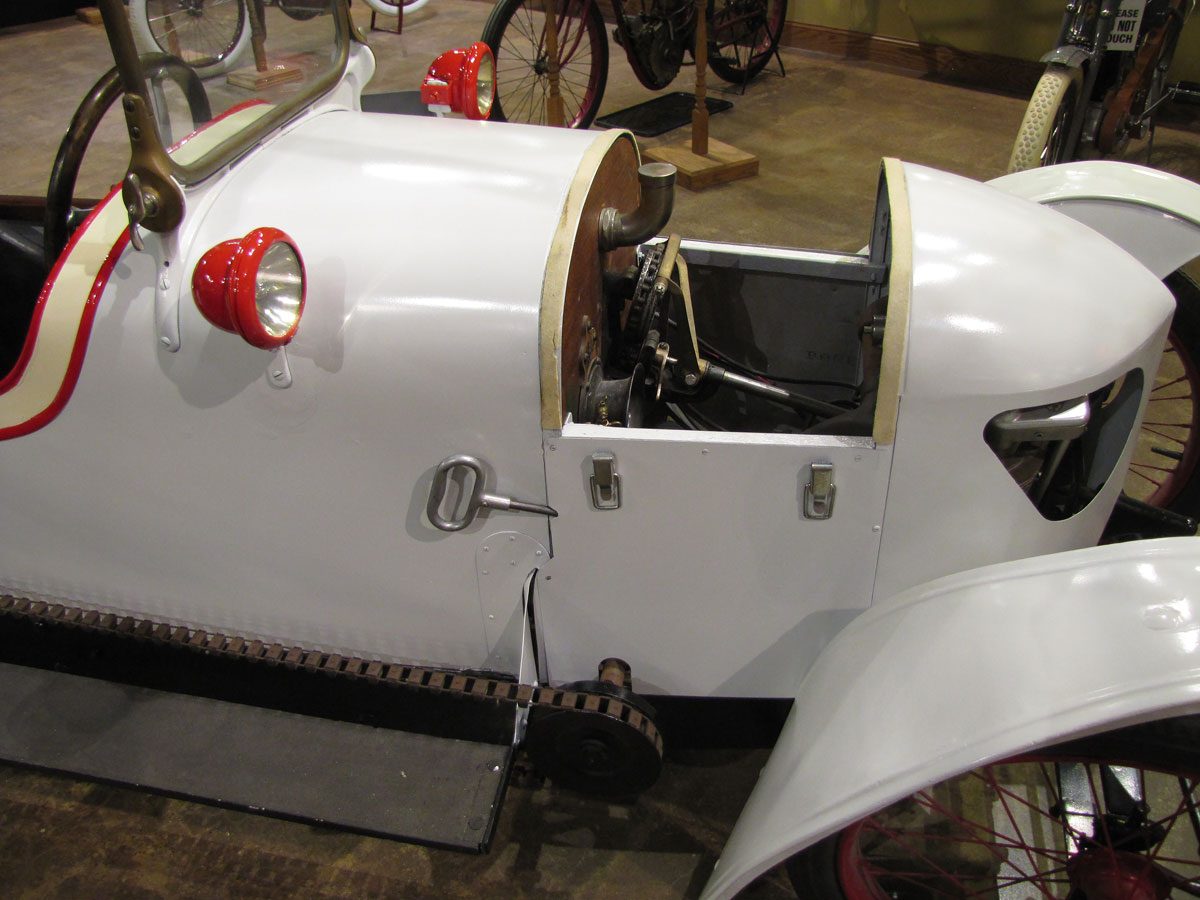
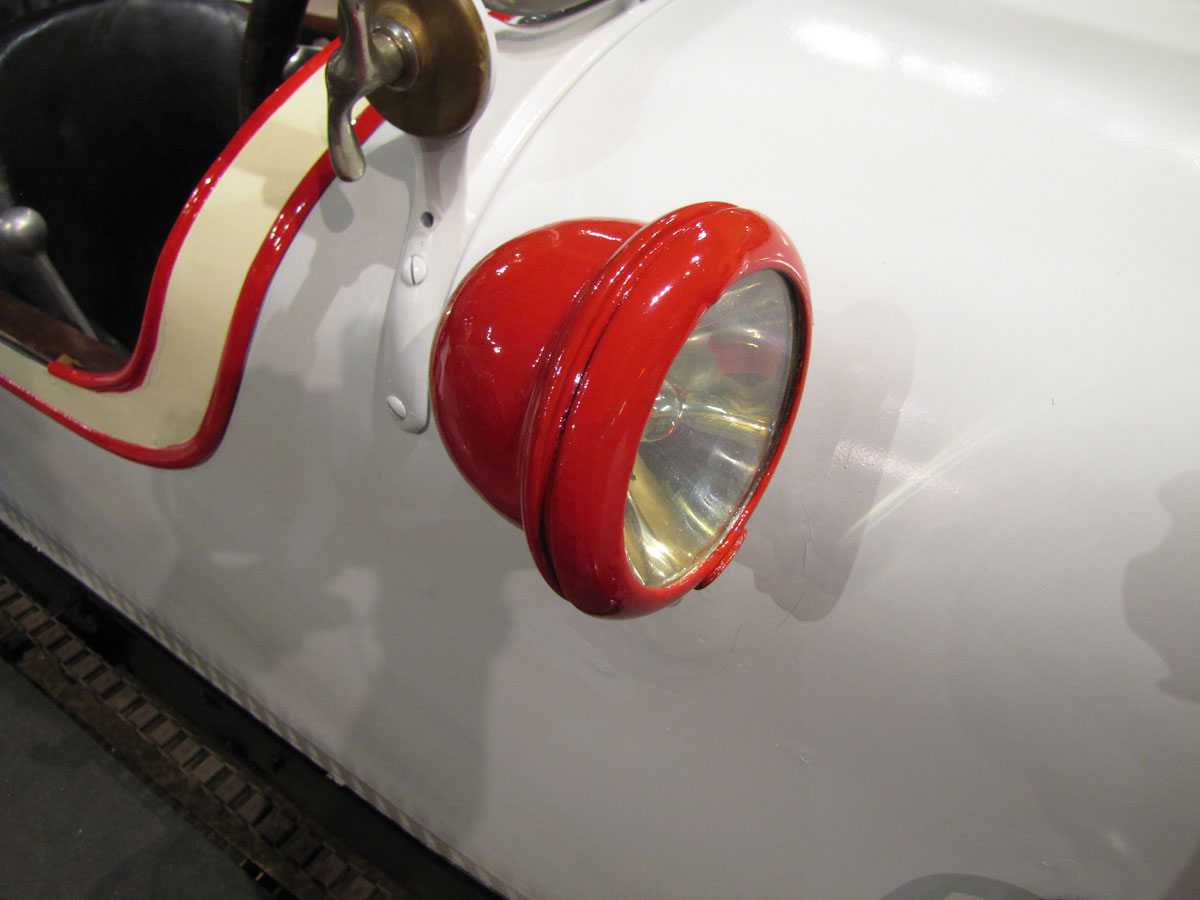
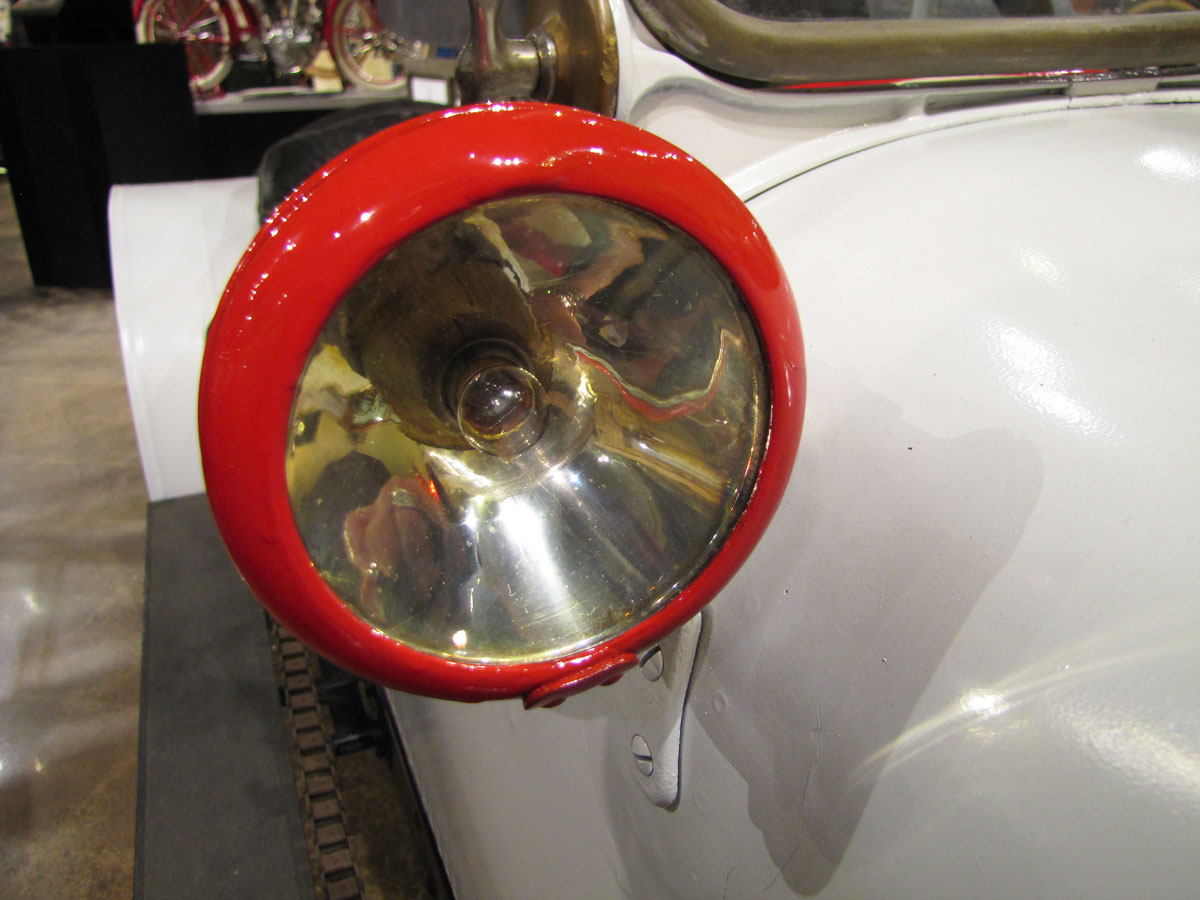
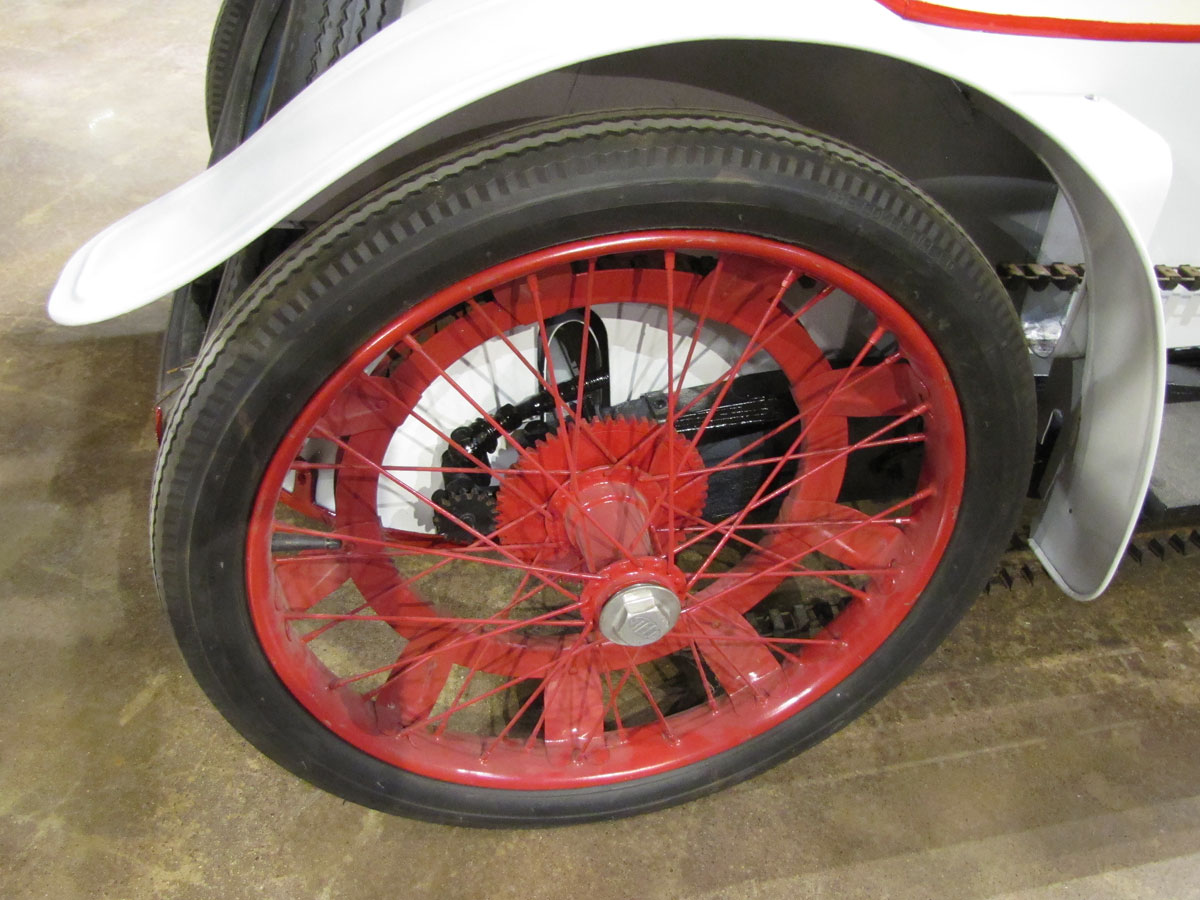
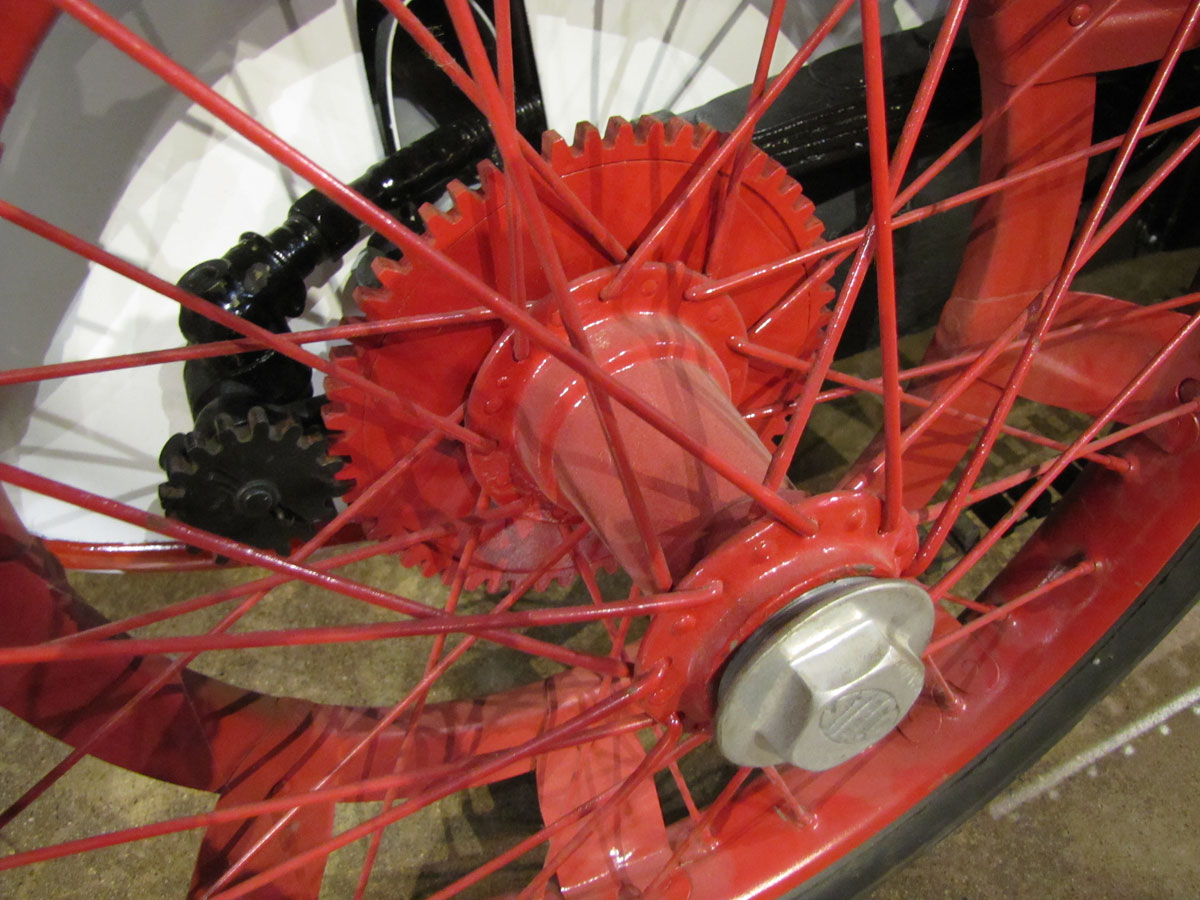
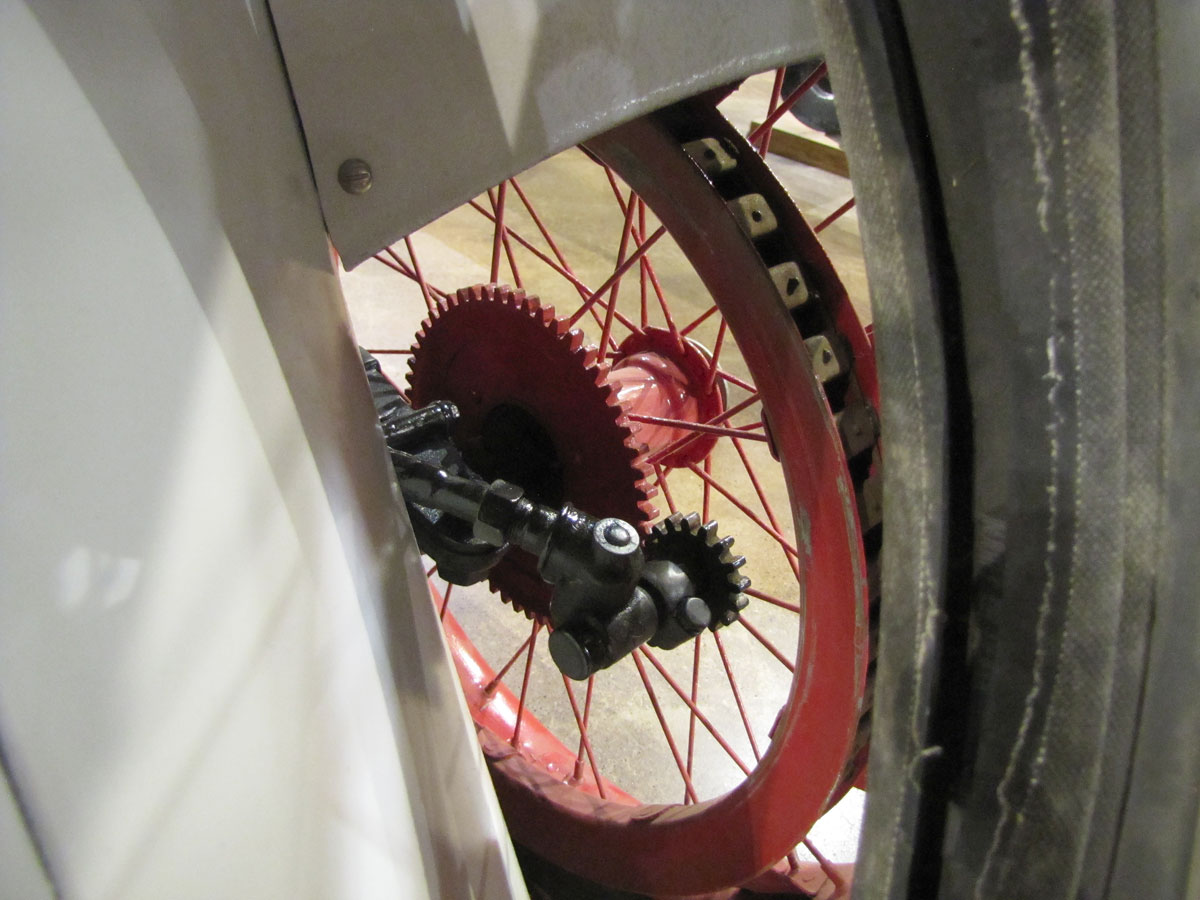
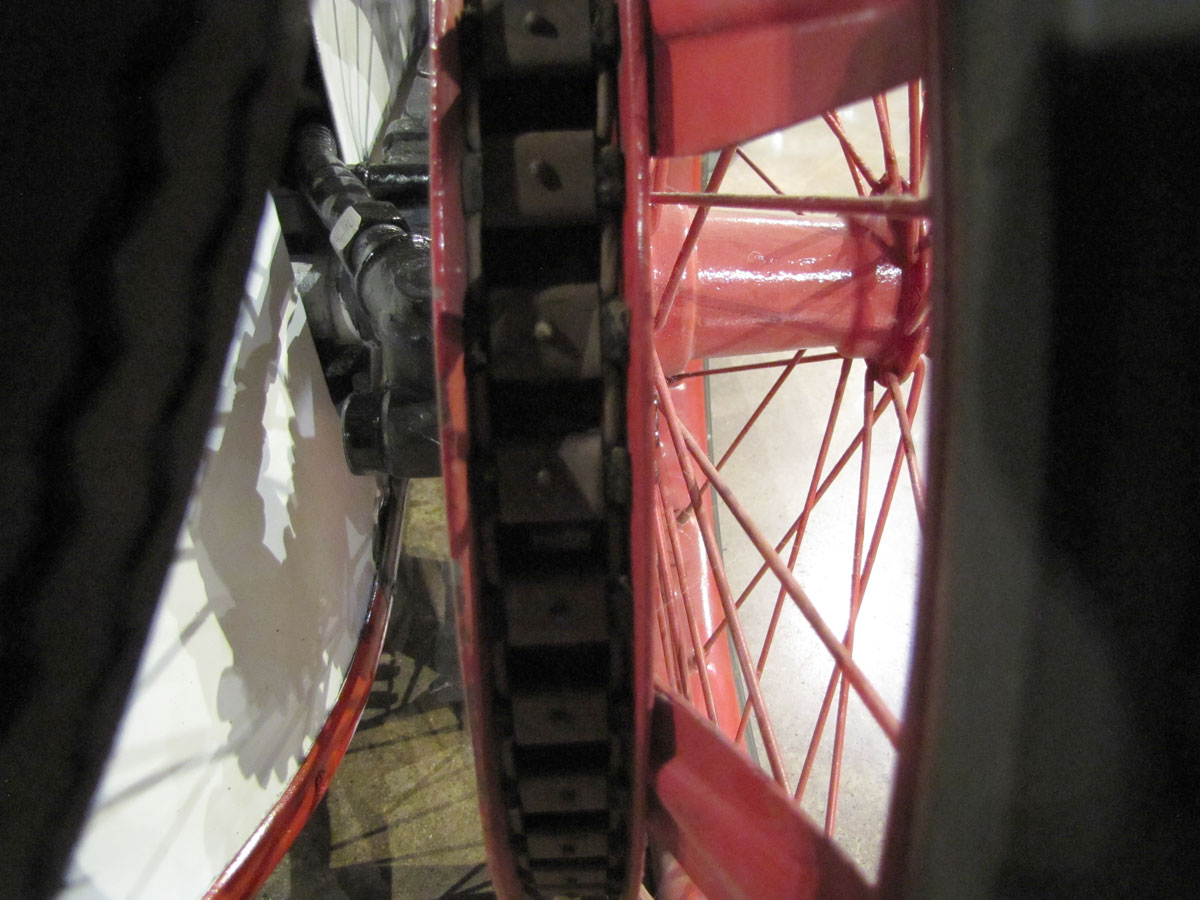
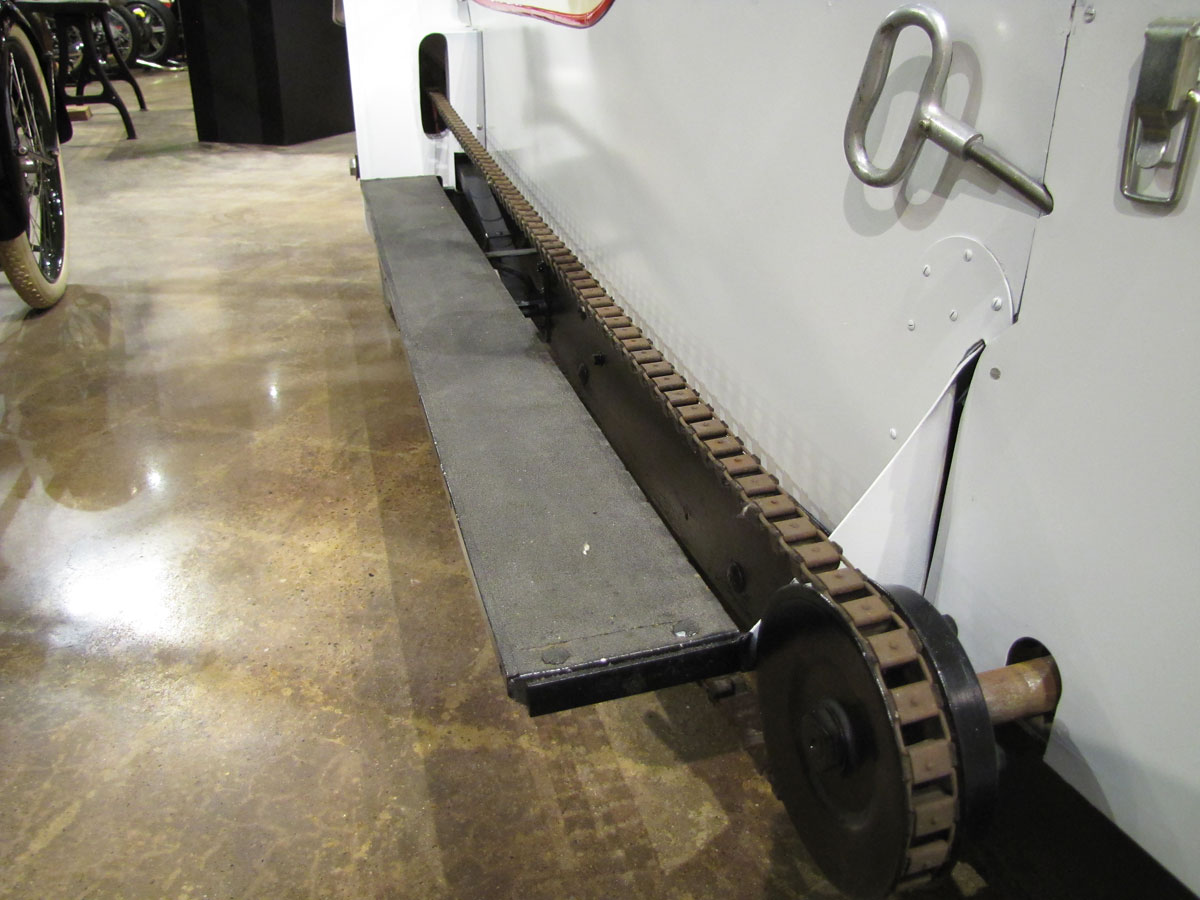
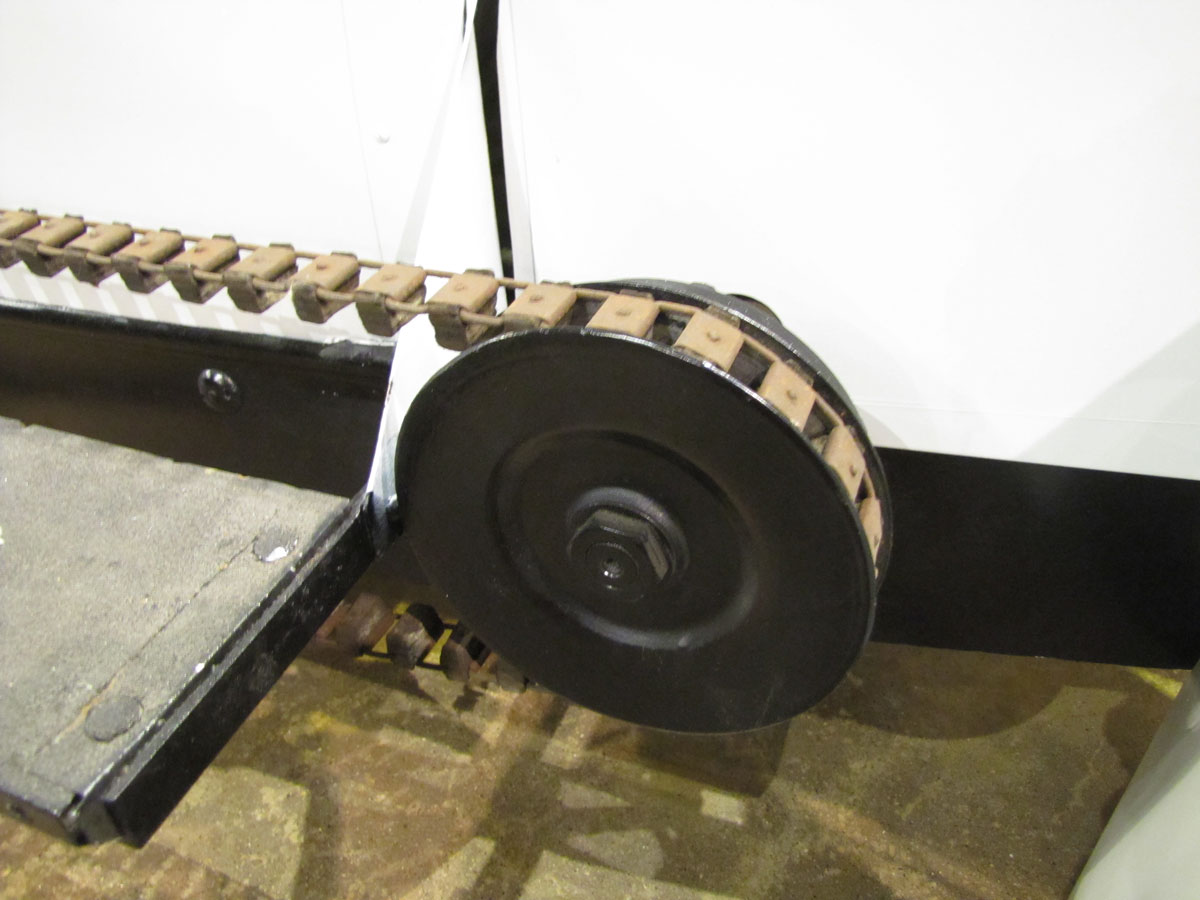
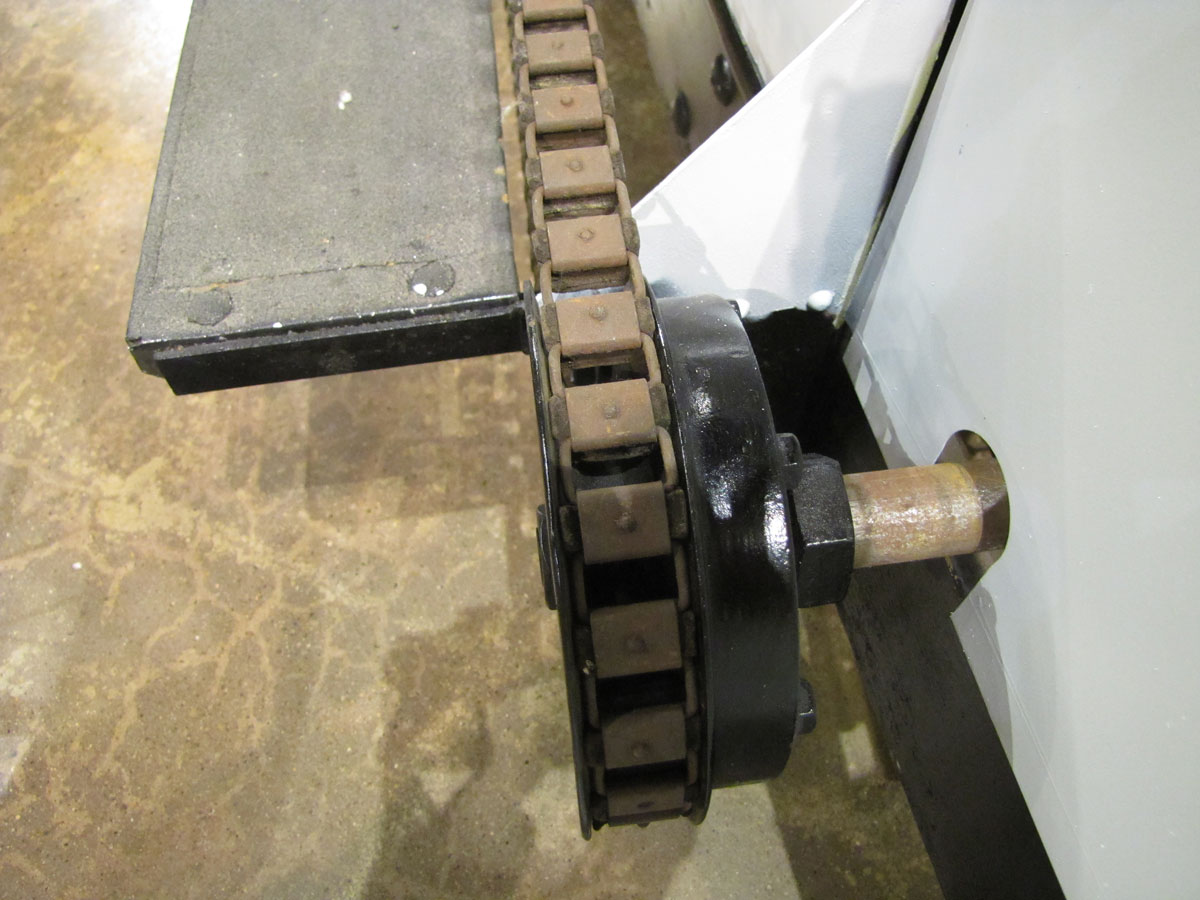
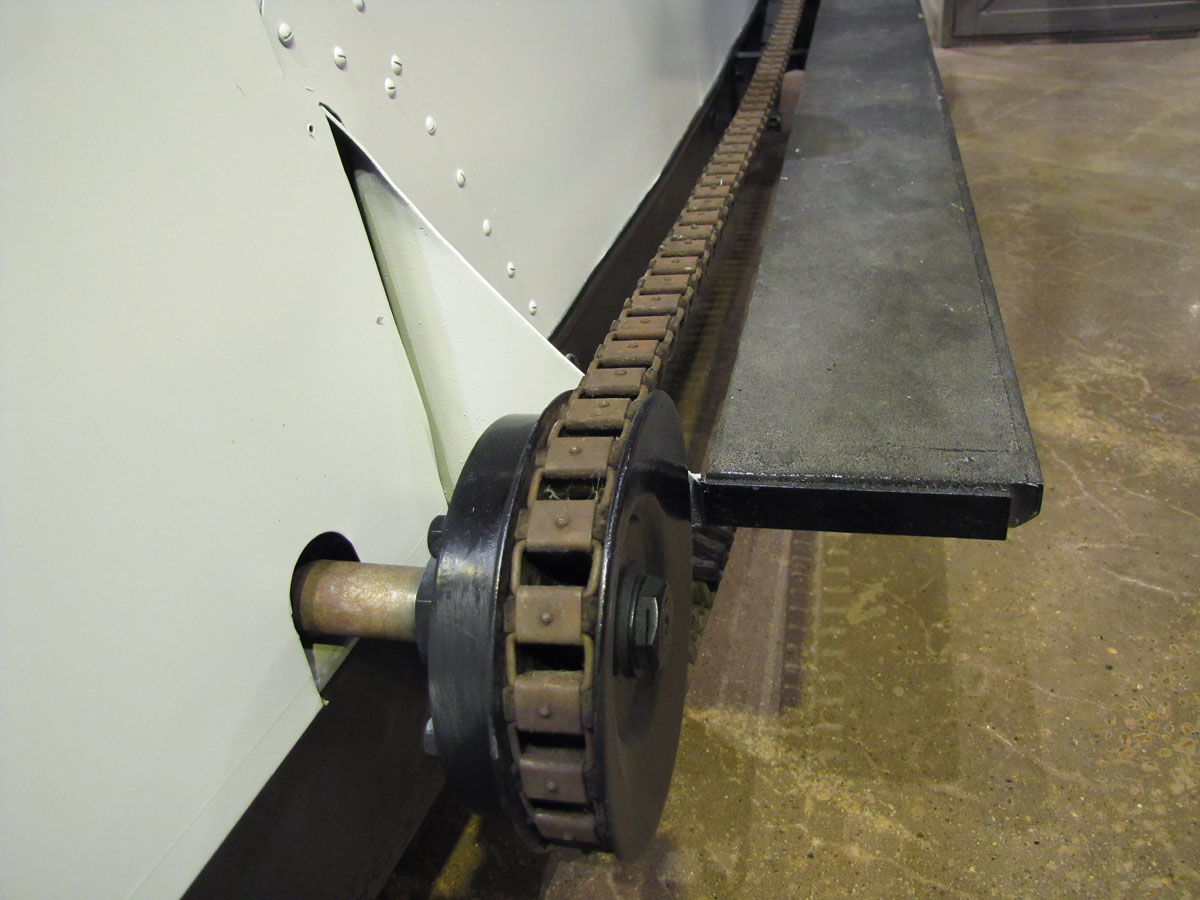
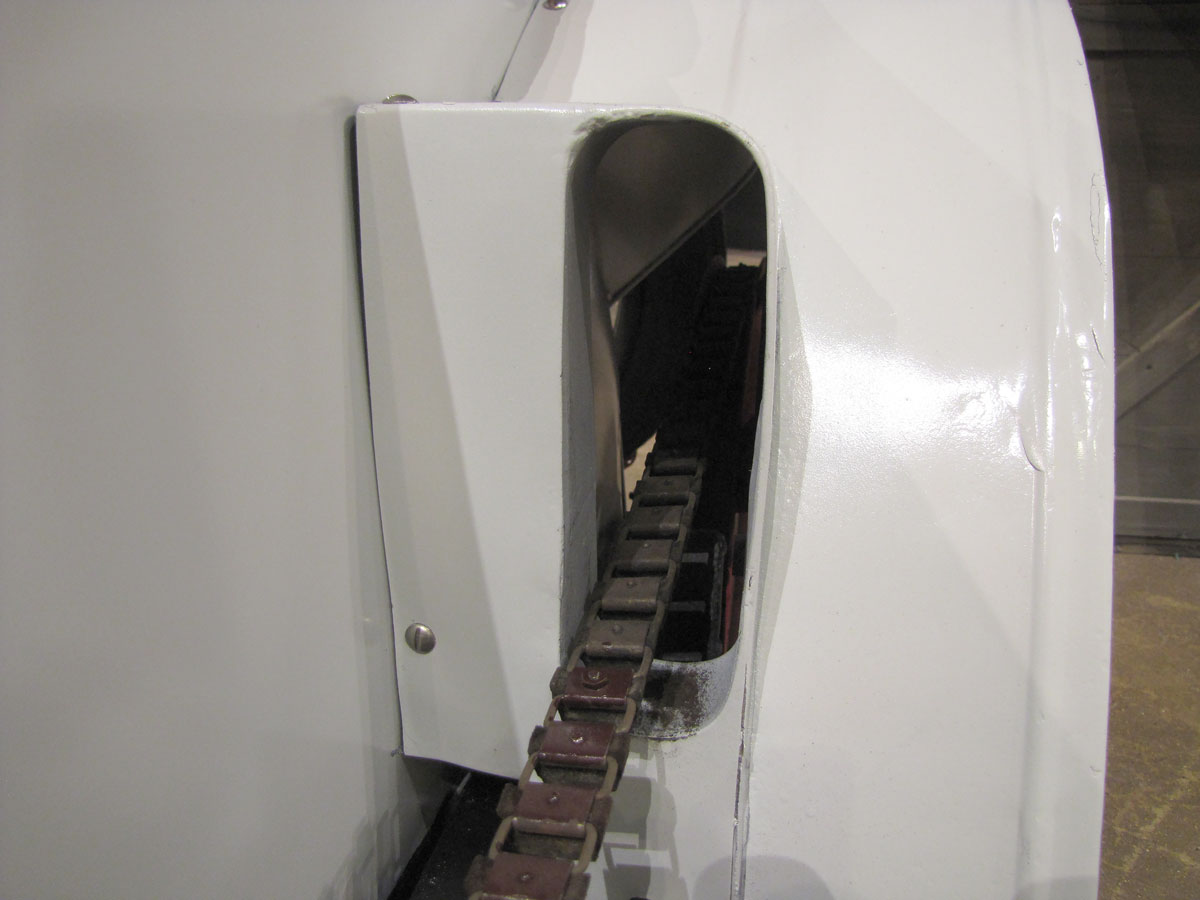
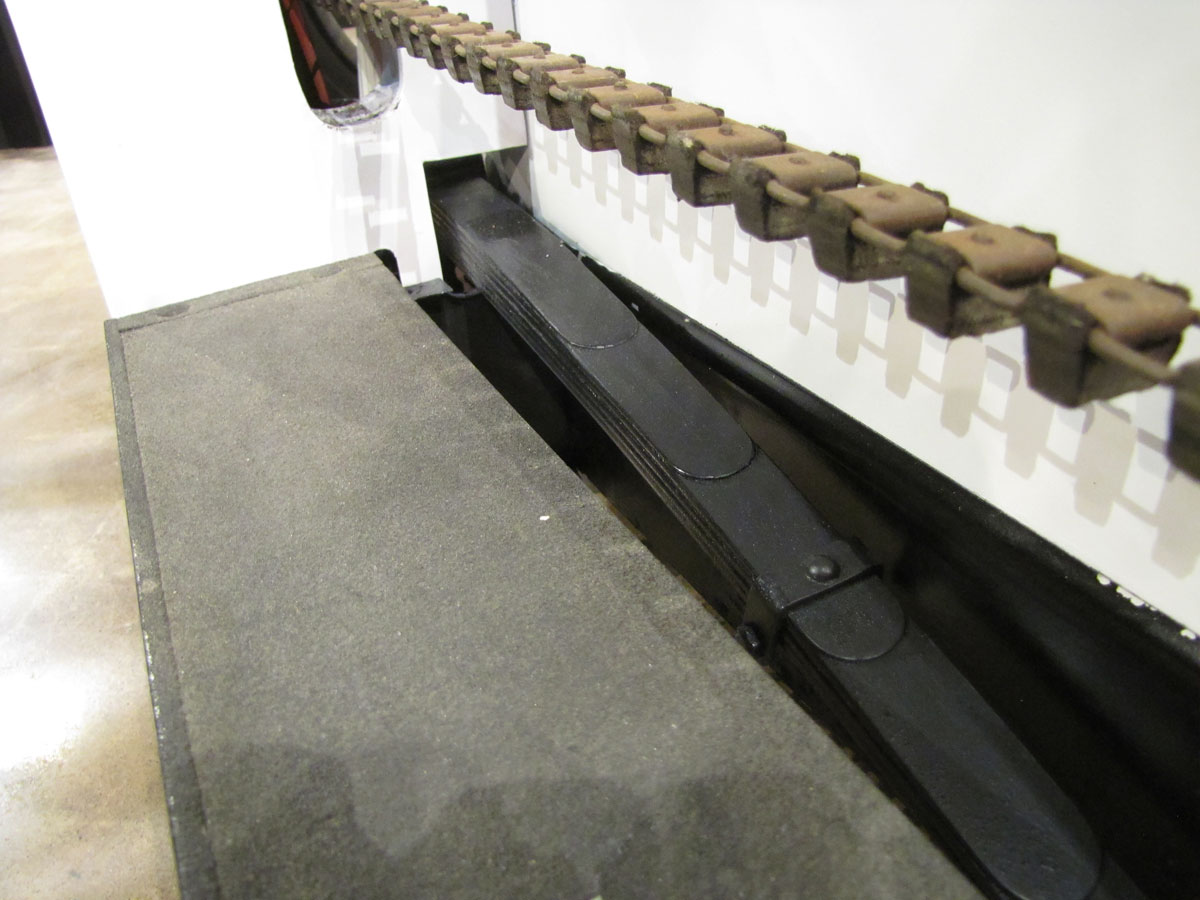
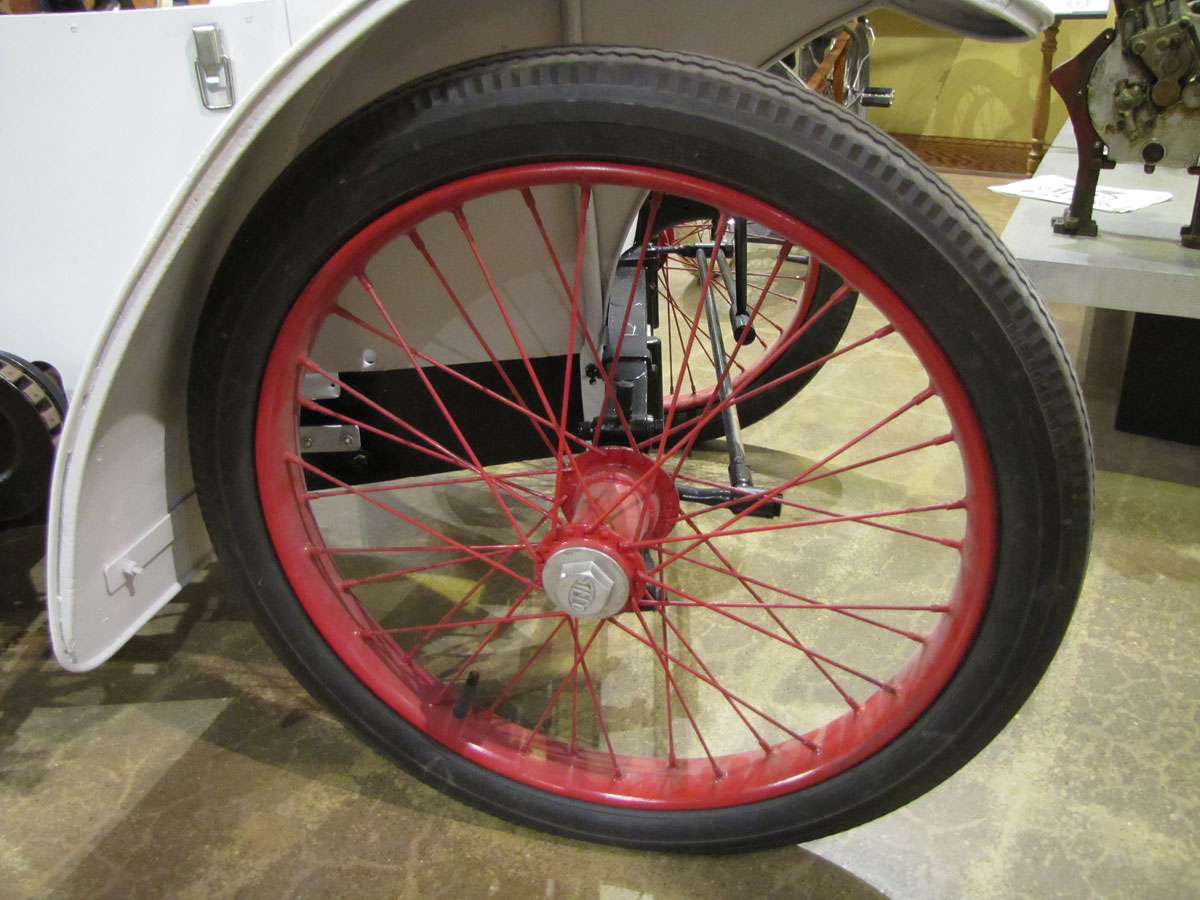
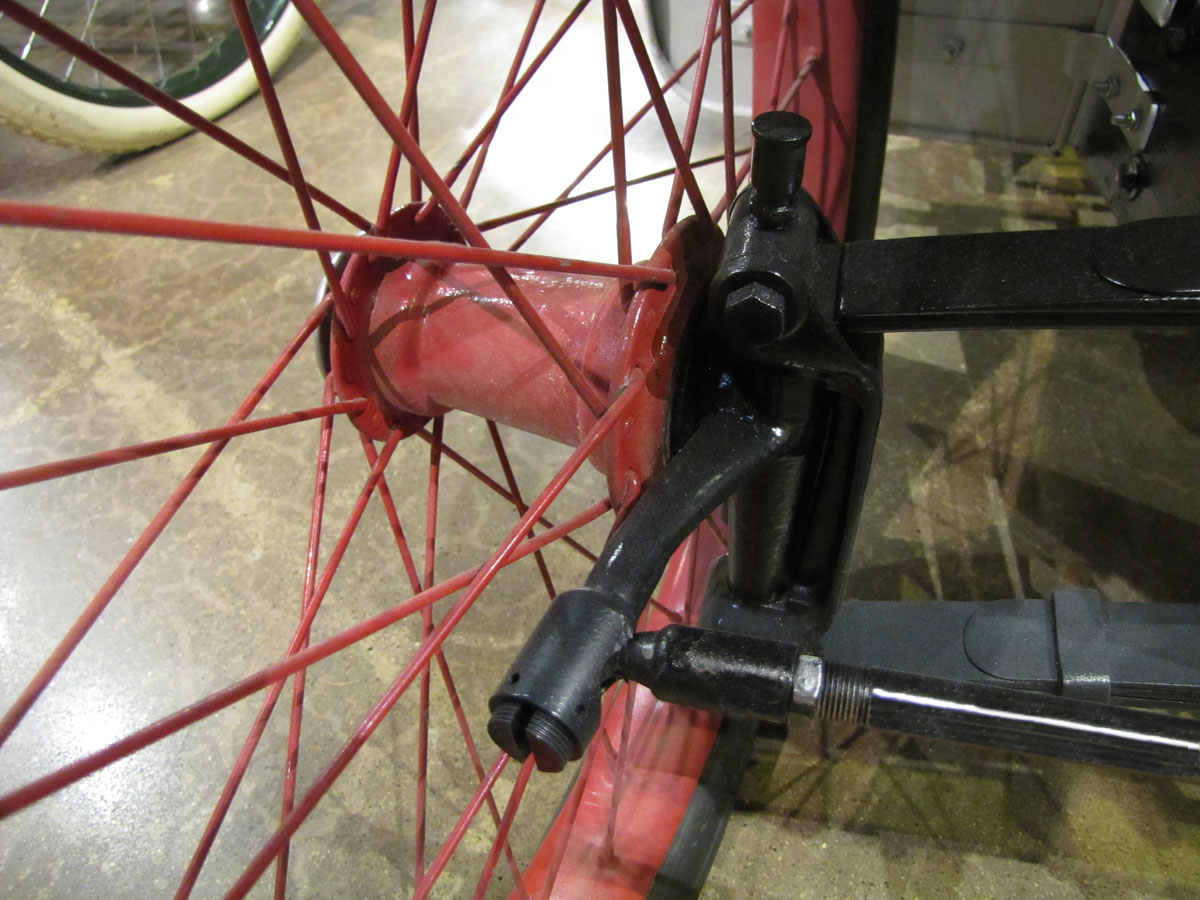
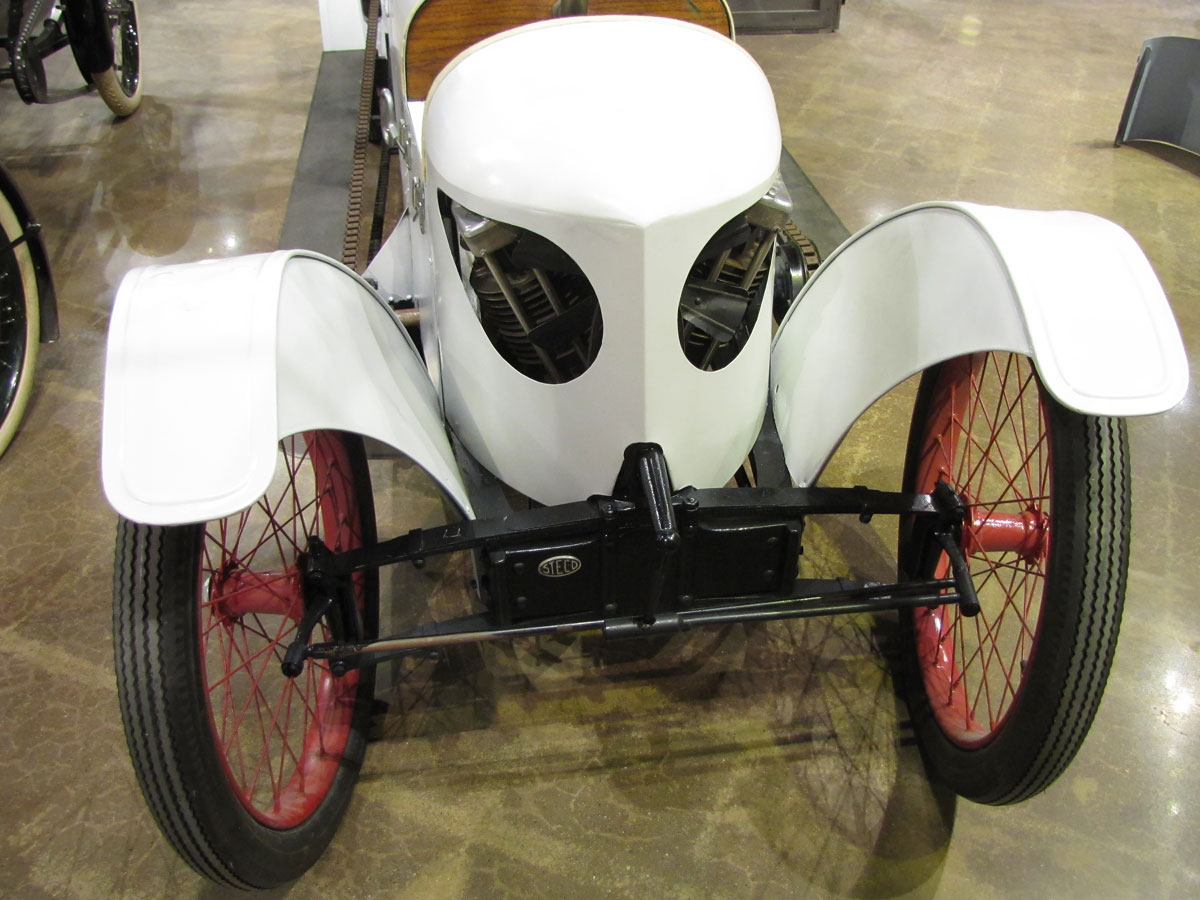
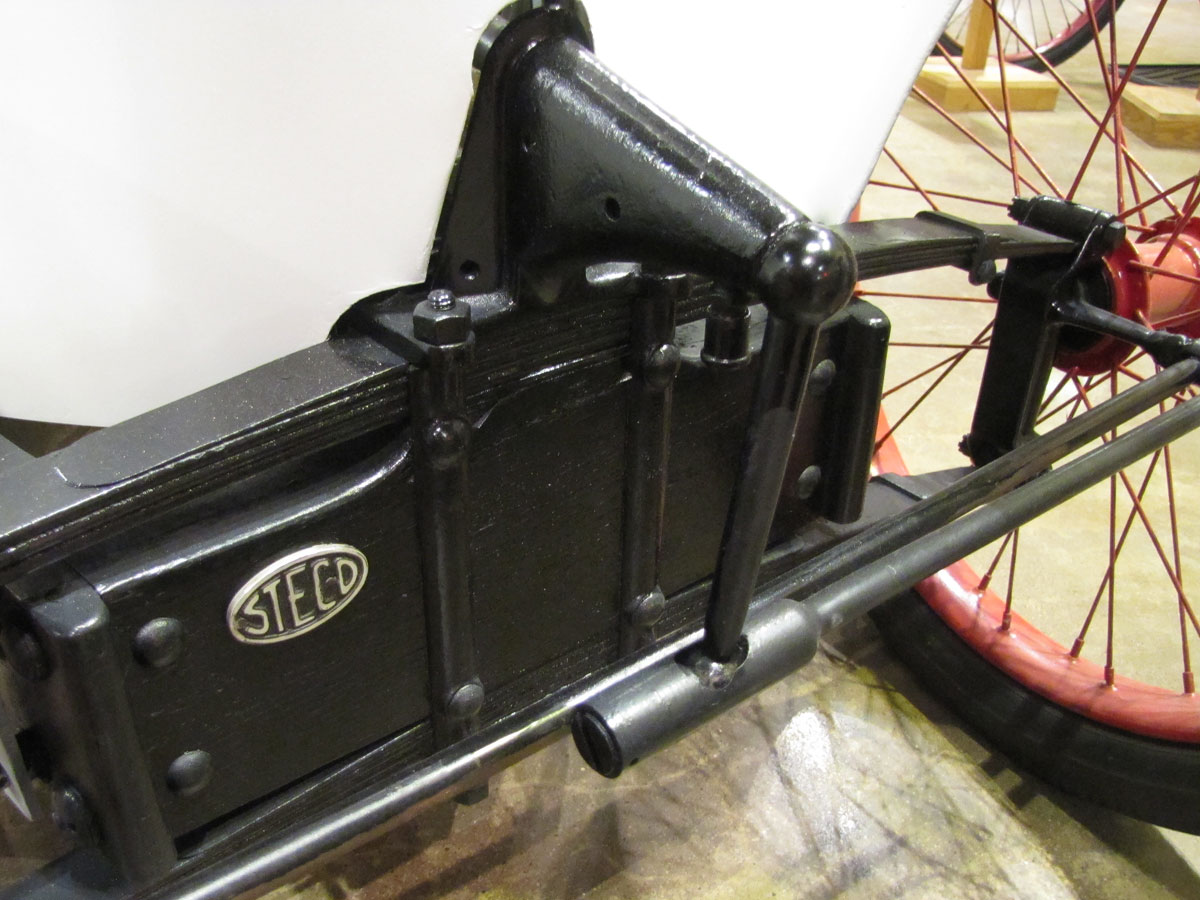
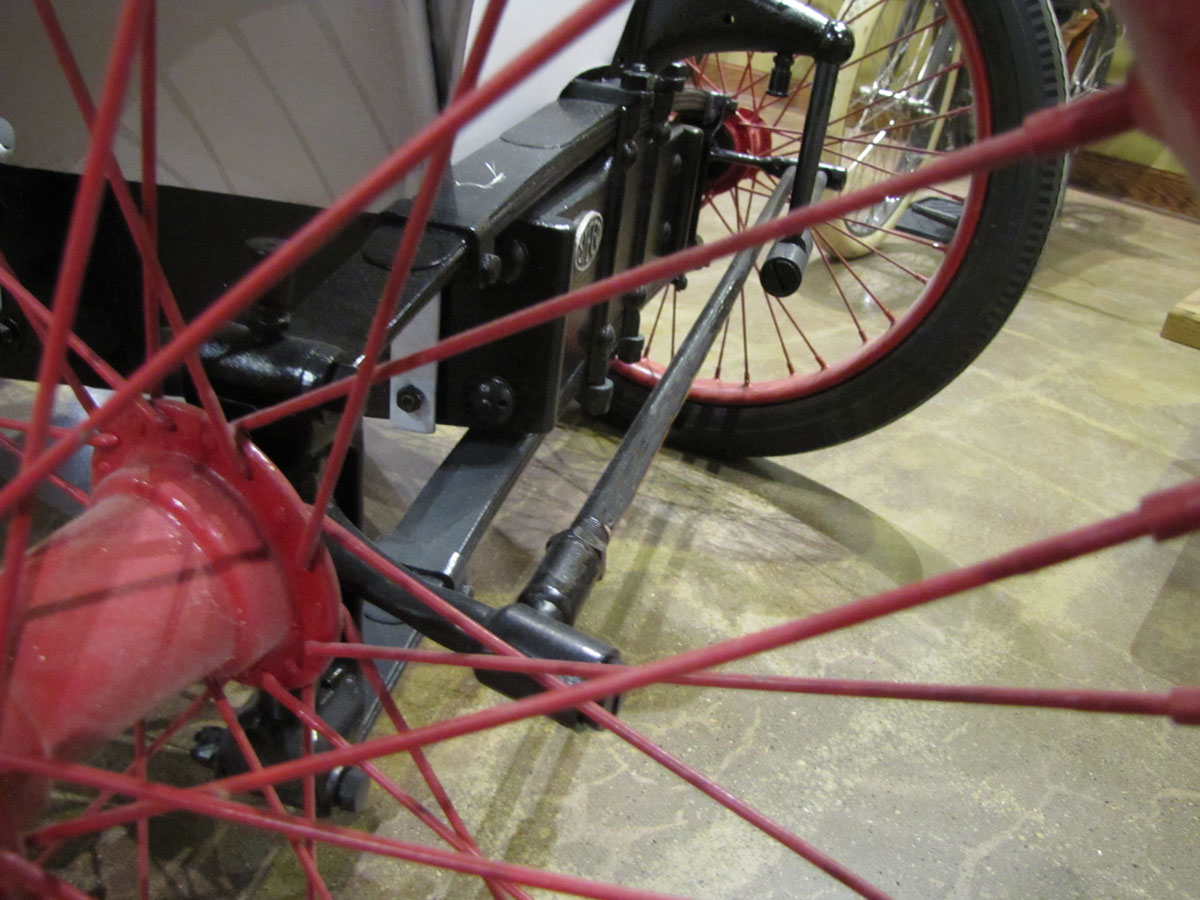
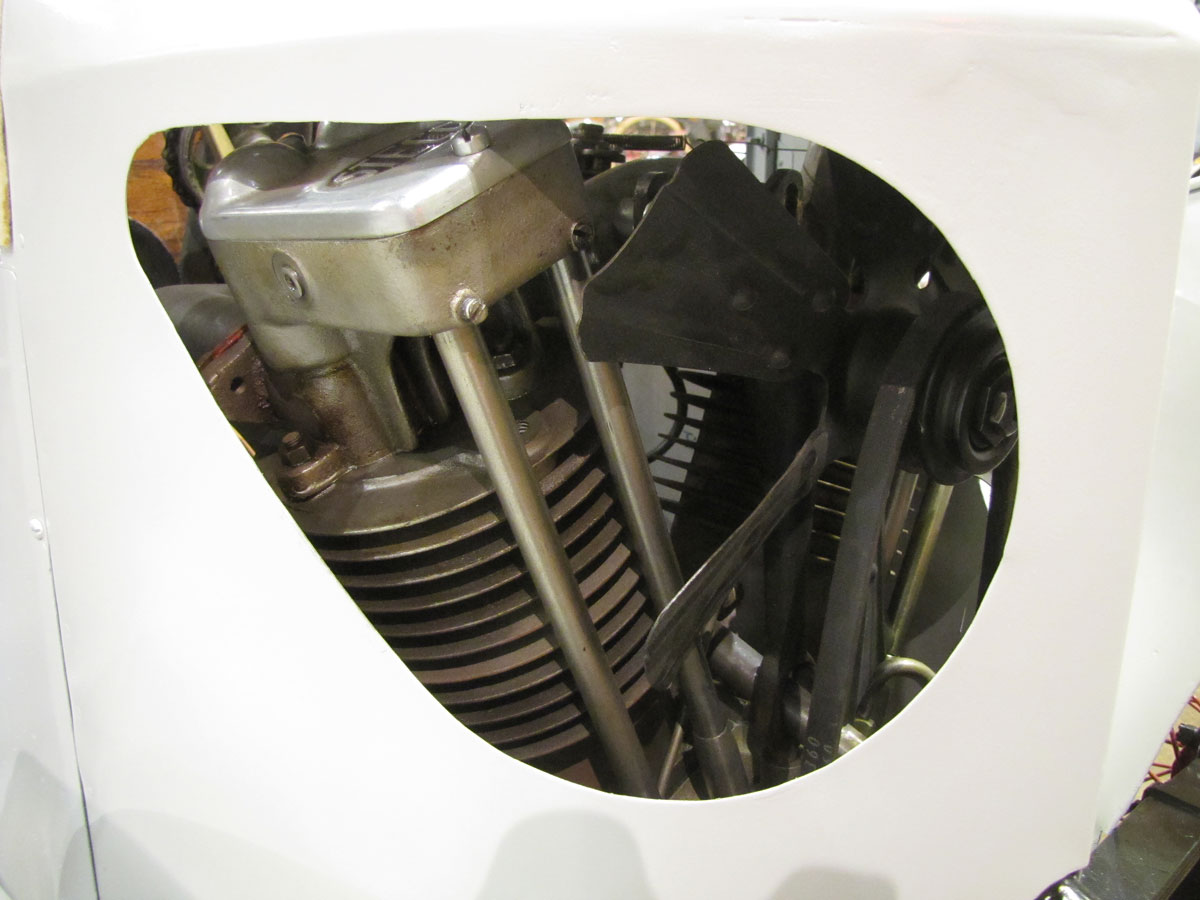
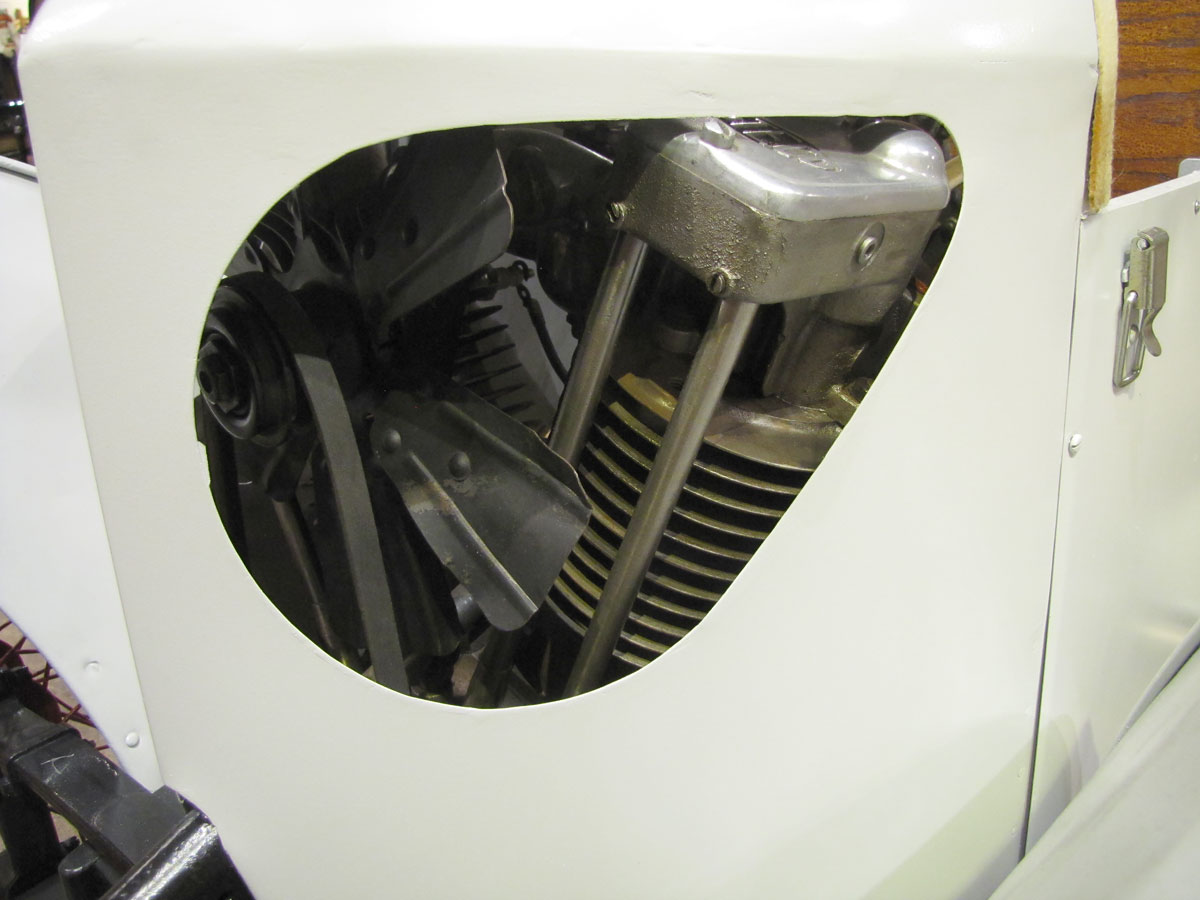
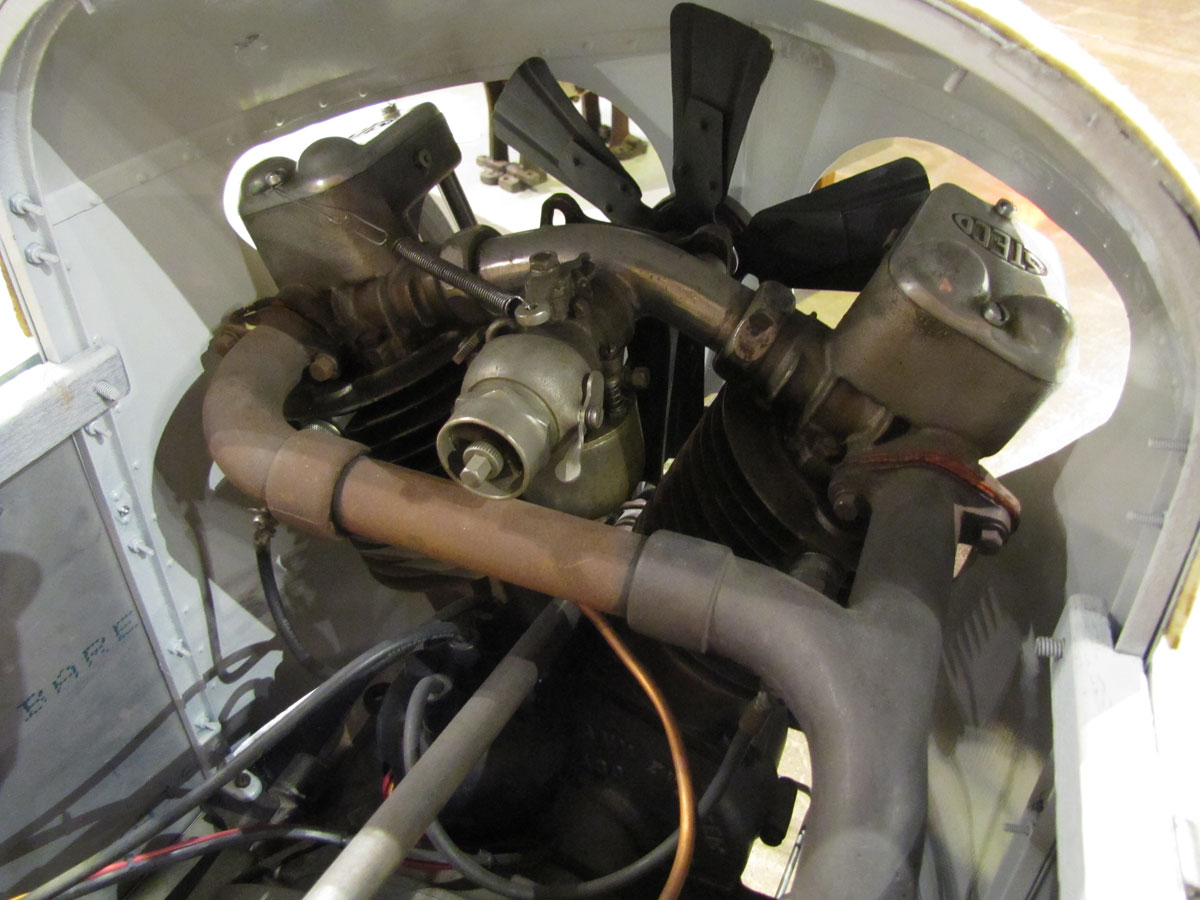
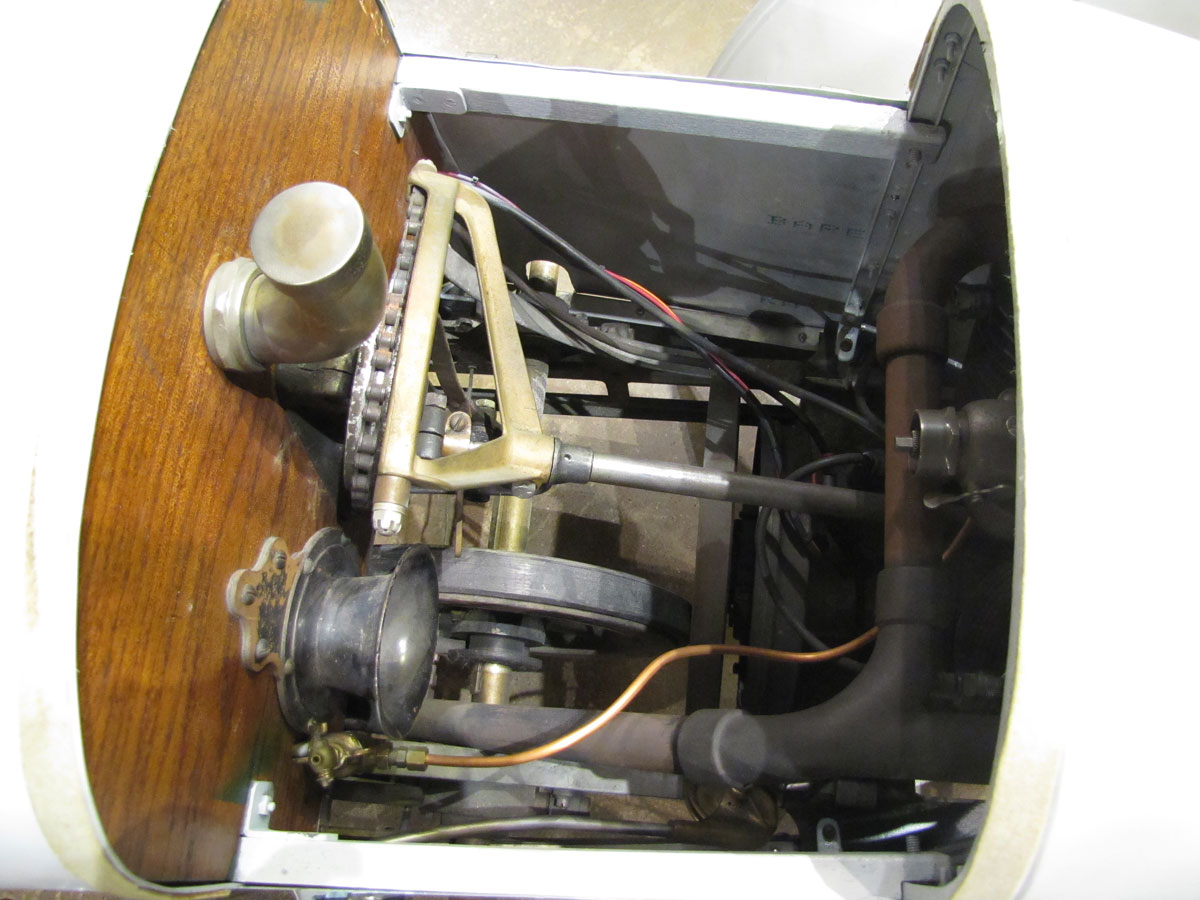
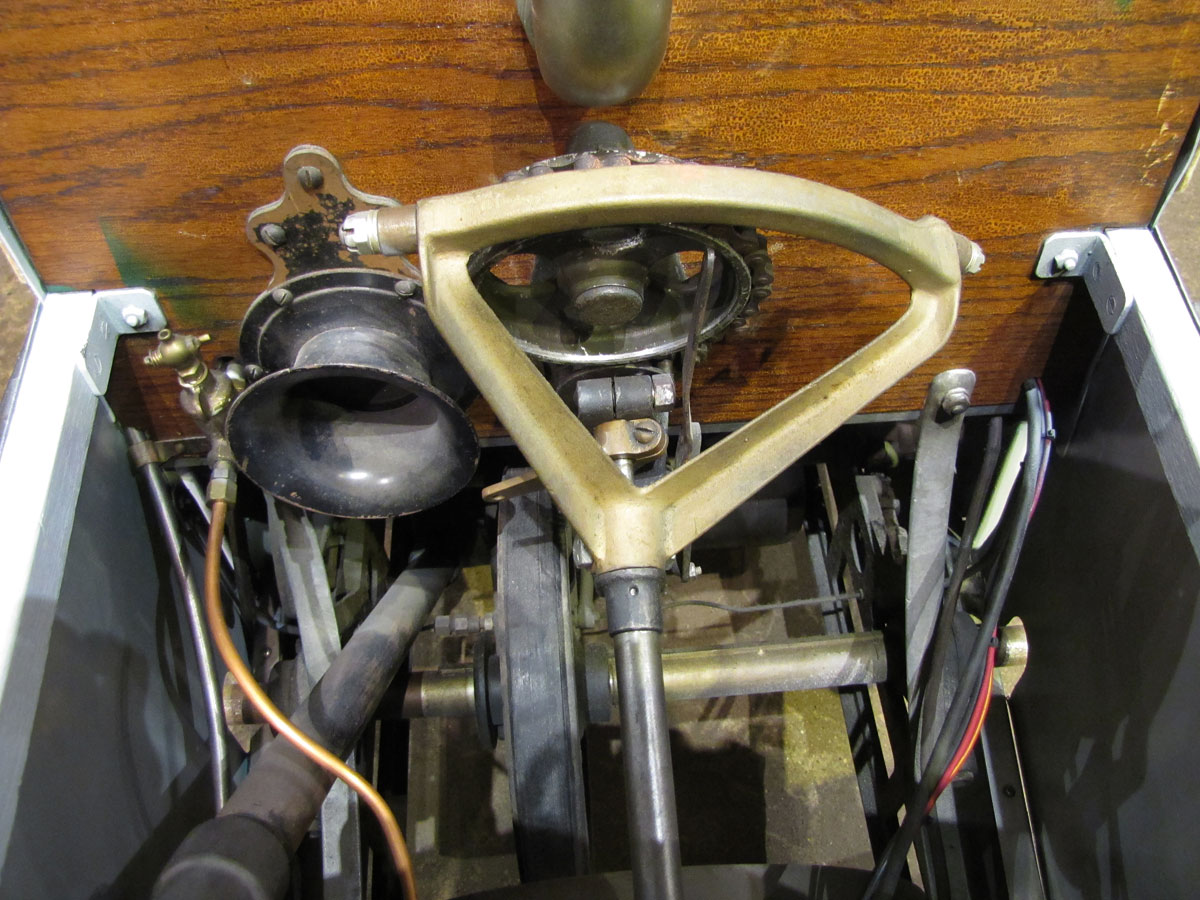
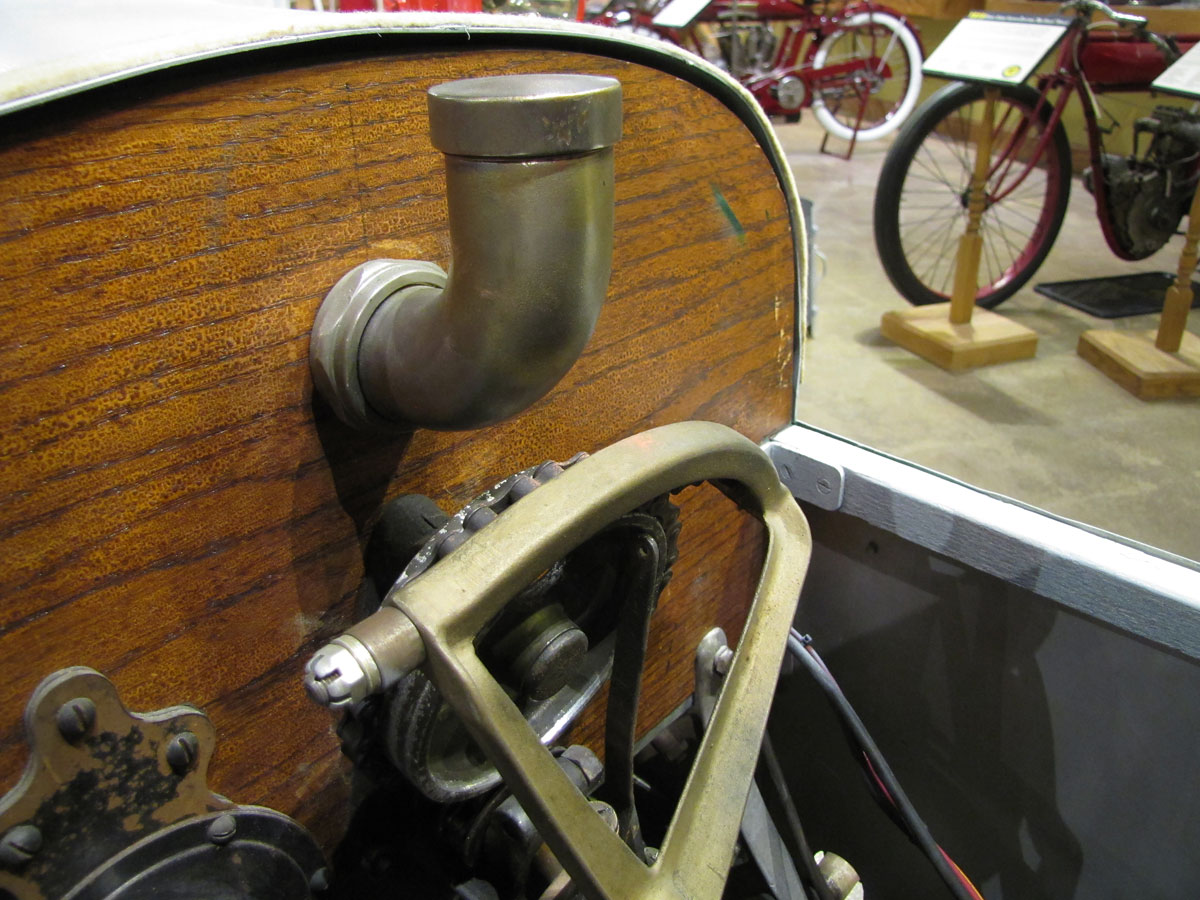
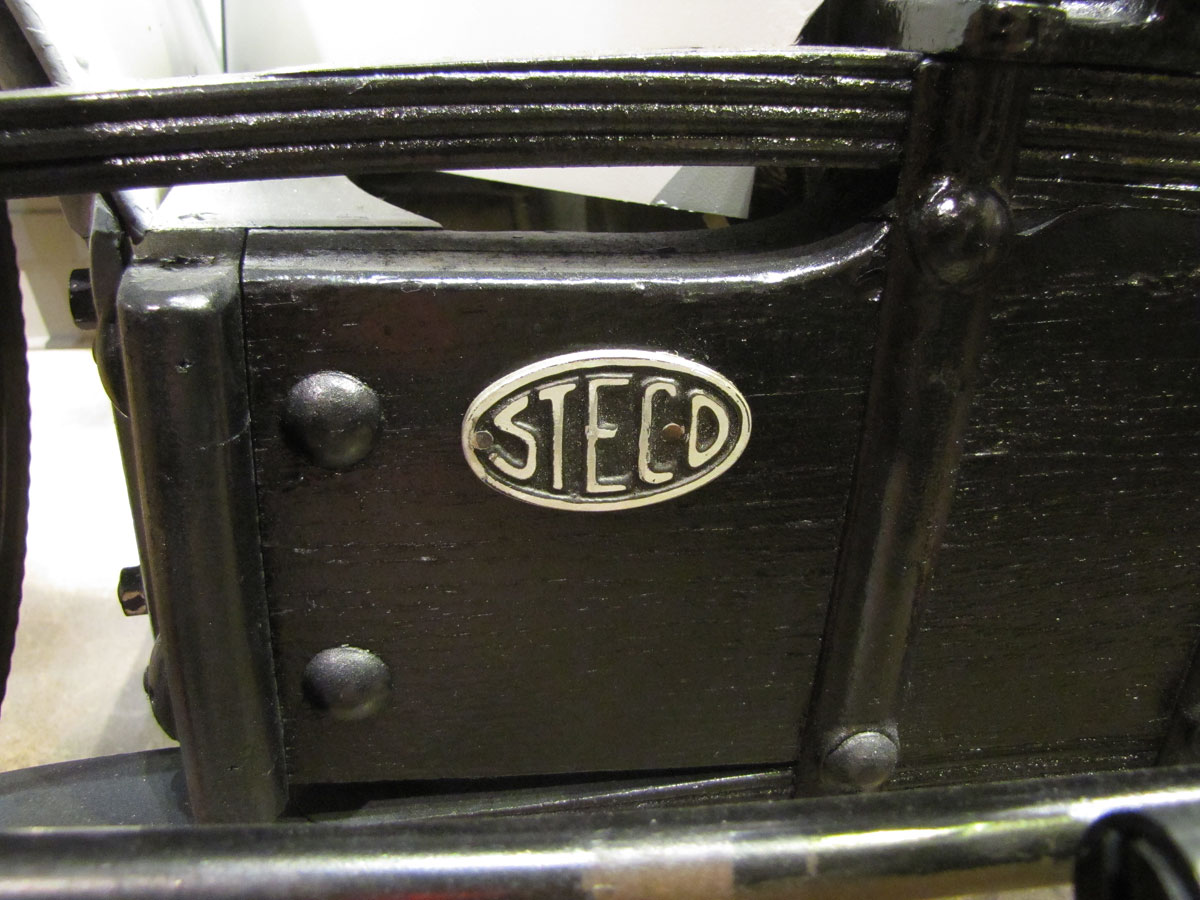


A number of years ago the airplane engine was mounted in a stationary frame and periodically started and run at a Vintage Rally at the museum. Every time it started, I’d stand by it and marvel at what made it work. Whenever I have brought friends to the museum we stand under the plane while I retell the story. It saddens me to think of this collection being parted out.
We rode up from Texas in 2019 and spent the entire day in the museum- from open to close.
To see this collection fall to pieces is a huge loss to all of us who ride, and future riders. as well.
Don’t it always seem to go, that you don’t know what you’ve got til it’s gone- take paradise, put up a parking lot.
I’ll bet Steve McQueen wouldn’t let this shit go down if he were still alive.
Hey, Jay Leno- step up, man.